 Condo at 77 Charlton with a running tax abatement that saves the owner thousands in carrying costs per year (Extell Development)
Condo at 77 Charlton with a running tax abatement that saves the owner thousands in carrying costs per year (Extell Development)
In this article:
1. State and Local Tax (SALT) Credit
If you read the news, you likely already know about the SALT (state and local tax) deduction, and the fact that in 2018, the deduction was capped at $10,000. The cap has been criticized by lawmakers in high-tax states like New York and New Jersey, who argue it unfairly burdens residents.2. Home Mortgage Interest Tax Credit
Home mortgage interest refers to any interest you pay on a loan you’ve taken out for your home whether it is a primary or secondary home. Again, since 2018, this tax credit isn’t as advantageous as it once was, but it still does exist. Owners who purchased a home before 2018 can deduct mortgage interest on loans valued at up to $1 million. Owners who have purchased a home since 2018 can deduct home mortgage interest on the first $750,000 of their debt.3. Home Office Tax Credit
Even if you’re now working from home, don’t assume you can claim the home office credit. The home office tax credit is only available to people who are self-employed (notably, this includes salaried employees who also work as freelancers or run a business on the side).If you are eligible, there are also several important IRS regulations that you must follow. First, you have to be using part of your home for the “regular and exclusive use” of your business. Second, the space must be your principal place of business. Finally, no one is permitted to write off their entire home for business purposes. Instead, you can write off part of your home using the IRS’s simplified or regular calculation. Under the simplified method, you get a standard deduction of $5 per square foot of home used for business purposes (up to 300 square feet). The regular deduction allows you to deduct a percentage of your home instead.
 Image via Pixabay - stevebp
Image via Pixabay - stevebp
4. Tax Credits for Restoring Historic Properties
If your home happens to be listed in the State or National Register of Historic Places or is located in one of New York City’s State historic districts, you may qualify for one or more tax credits.The Federal Historic Rehabilitation Tax Credit program offers a 20 percent federal income tax credit for owners of properties listed on the National Register of Historic Places but only if these properties are income-producing. Property owners of homes on the list may also be eligible for a credit if they rehabilitate their property and the rehabilitation is approved by the Secretary of the Interior’s Standards for Rehabilitation and is approved by the National Park Service.
At the state level, buildings listed in the State or National Register of Historic Places or located in a listed historic district may be eligible for the New York State Historic Homeowner Tax Credit Program, which covers 20% of qualified rehabilitation costs of owner-occupied homes (to a maximum of $50,000). Learn more on the Preservation League of NYS website.
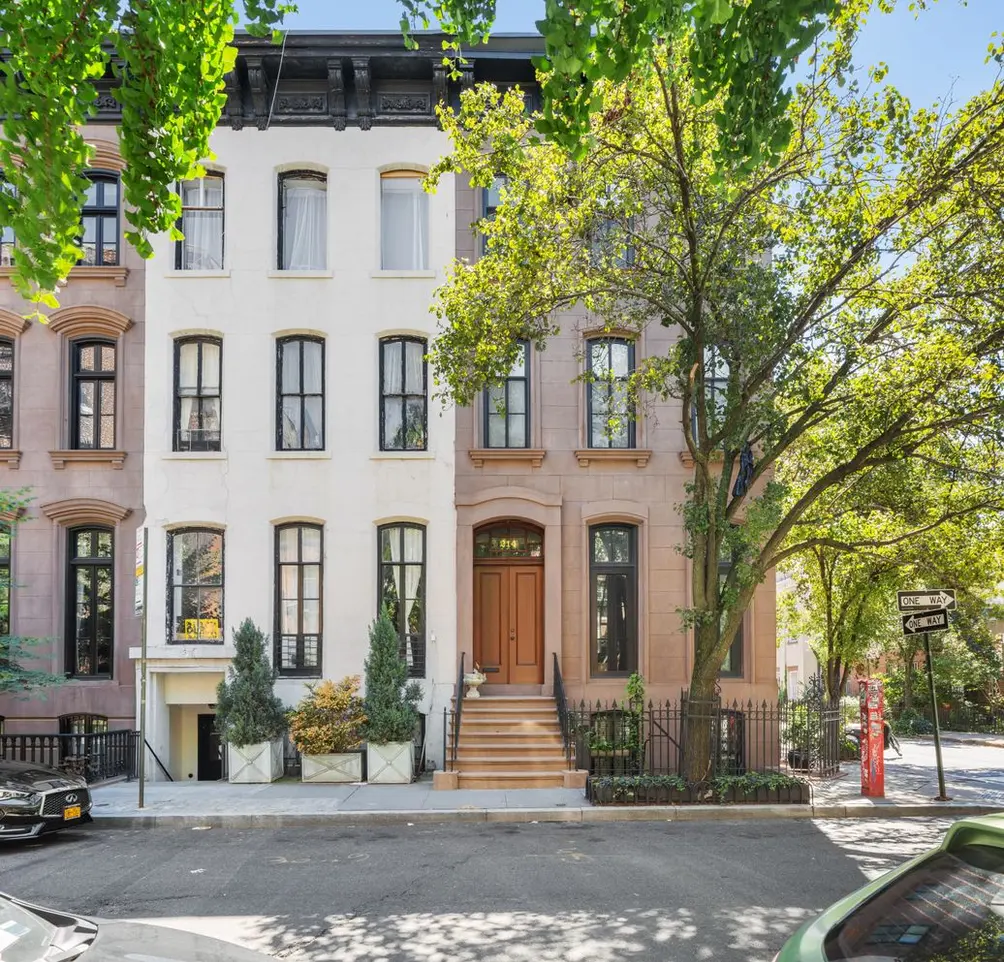 214 West 11th Street in the Greenwich Village Historic District
214 West 11th Street in the Greenwich Village Historic District
5. Tax Credits for Going Green
If you are a homeowner and thinking about installing a green roof, solar panels, or another green energy solution, the tax breaks could be significant. The city, state, and federal government all offer incentives for going green.- City Credits: Depending on when you installed your solar energy system, you may still be eligible for a city credit. New York City also offers a one-time tax abatement for the installation of green roots (i.e., roofs with vegetation that absorb rainwater, provide insulation, and counter the “heat island effect”). The current program offers $4.50 per square foot of green roof space (up to $100,000). In condo buildings, the abatement is distributed amongst the individual units (visit the NYC Department of Finance for more details).
- State Credits: As part of the state’s incentive to install solar systems, homeowners can claim a credit for 25% of the cost of the installation (up to $5,000).
- Federal Credits: The federal government offers a tax incentive for installing qualifying renewable home energy systems, including the cost of installing solar electric and solar water heating systems, as well as small wind-energy properties and geothermal heat pumps. If you want to take advantage of this tax credit, it is important to do so sooner rather than later. The program, which was recently extended to 2032. Visit this website to see what credits are available.
6. Tax Credits for Home Improvements Made for Medical Reasons
Finally, there are a number of home-related tax credits available to homeowners who need to make capital improvements for medical reasons. These reasons include but are not restricted to:- Constructing an entrance or exit ramp
- Widening doorways
- Installing railings or support bars in bathrooms
- Adding handrails or support bars in other parts of the home
- Lowering or modifying kitchen cabinets and equipment
As with other tax credits, the IRS offers this one with a specific caveat. If the improvement made for medical reasons increases the value of the home, you can claim part of the improvement as a medical expense. On the other hand, if the improvement doesn’t increase the value of your home, the entire cost can be included as a medical expense. As it turns out, most improvements made for medical reasons (e.g., installing ramps, widening doorways, installing grab bars, and lowering and modifying kitchen counters) don’t add to the value of the home so in most cases, the entire cost can be claimed.
The School Tax Relief (STAR) program, established in 1997, provides property tax relief to New York State homeowners through two programs: Basic STAR and Enhanced STAR (E-STAR). Basic STAR is available to primary homeowners with a household income of $250,000 or less, while E-STAR is offered to those who are 65 or older with incomes of $107,300 or less. The tax credit helps offset school district property taxes, with amounts varying significantly based on location. In New York City, STAR credits range from $281 to $659 for 2024–2025, while in areas outside the city, such as Ossining, credits can reach up to $4,304 due to the heavier reliance on property taxes to fund schools in those districts.
Eligible homeowners can apply for STAR or E-STAR online or by mail between September 15 and March 15 for the following tax year, which begins on July 1. If you live in a co-op, use New York State's specific application for shareholders in co-ops.
The credit is generally issued as a check from the New York State Department of Taxation and Finance or, in some cases, directly applied to property tax bills for New York City residents. The STAR program provides meaningful financial relief to property owners across the state, reflecting regional variations in school funding and tax structures.
Listings in Modern Condos with In-Unit Laundy, Central Air, and Tax Abatements into the 2030s
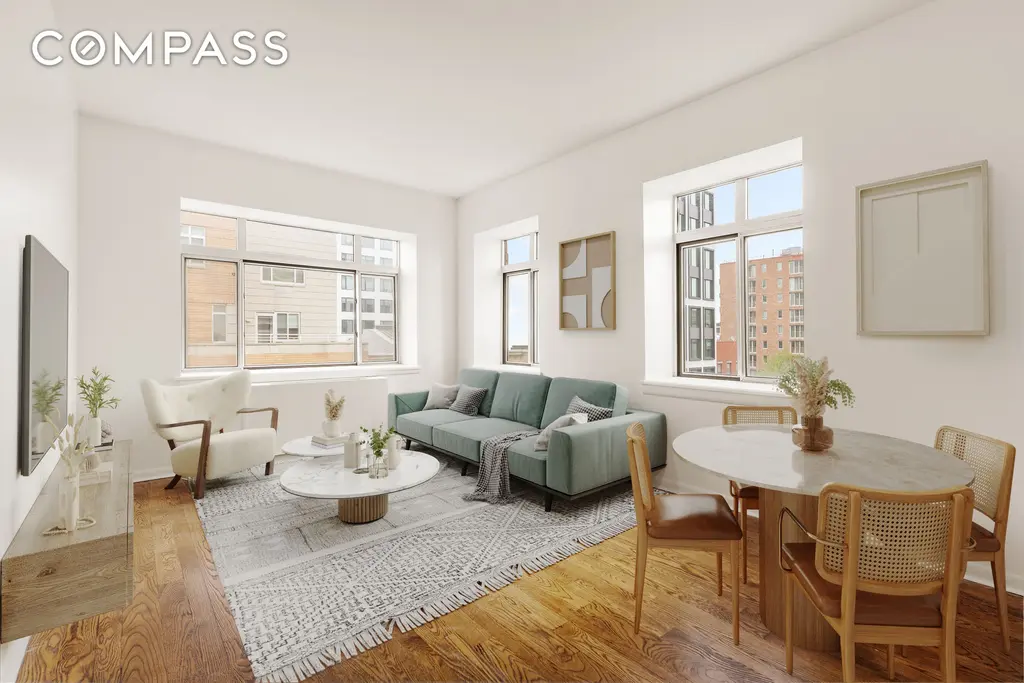
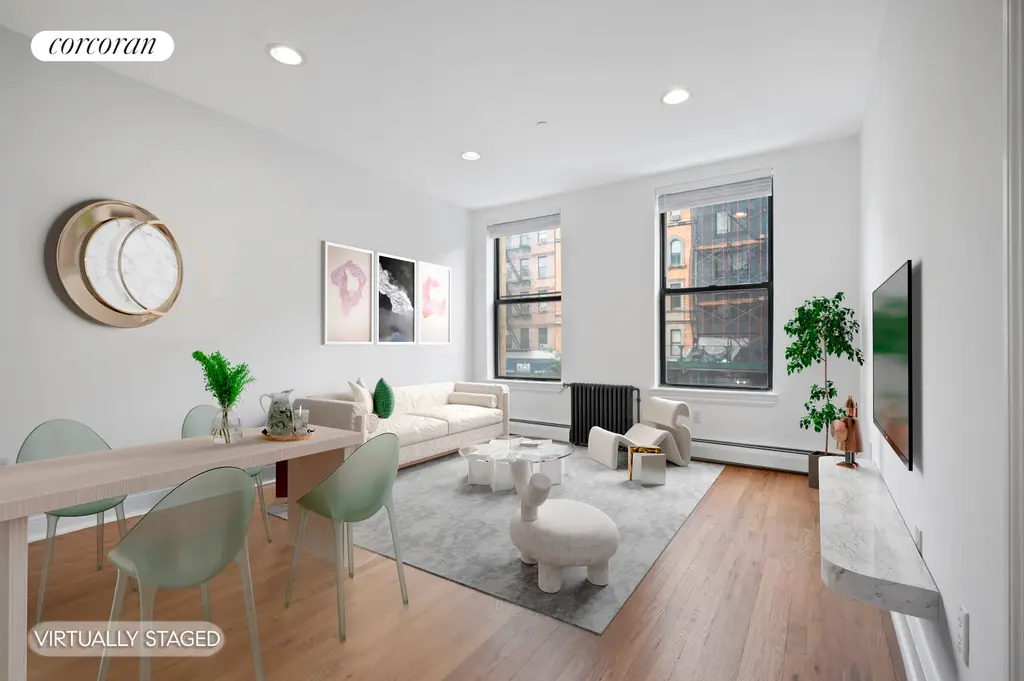
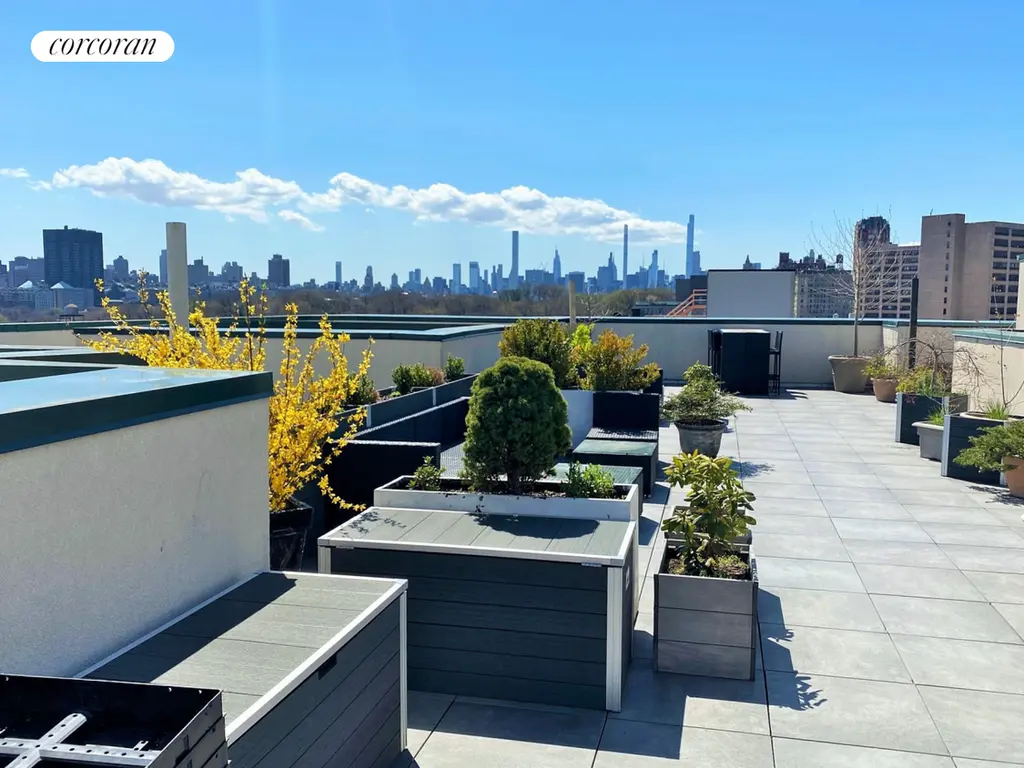
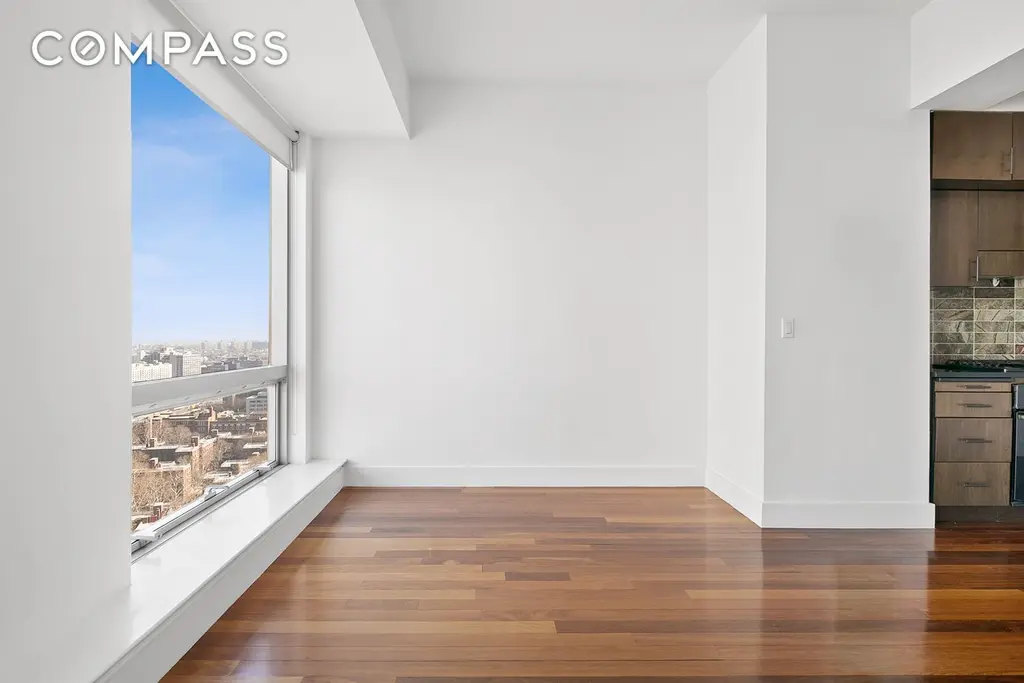


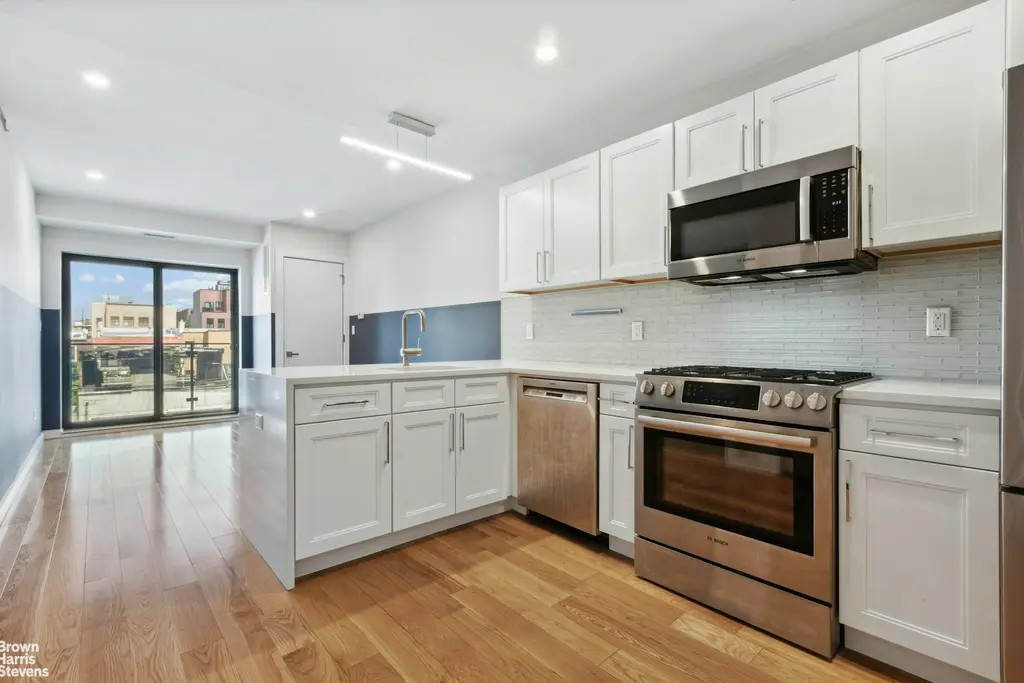
806 Dekalb Avenue, #4C
$729,500 (-2.7%)
Bedford-Stuyvesant | Condominium | 1 Bedroom, 1 Bath | 700 ft2
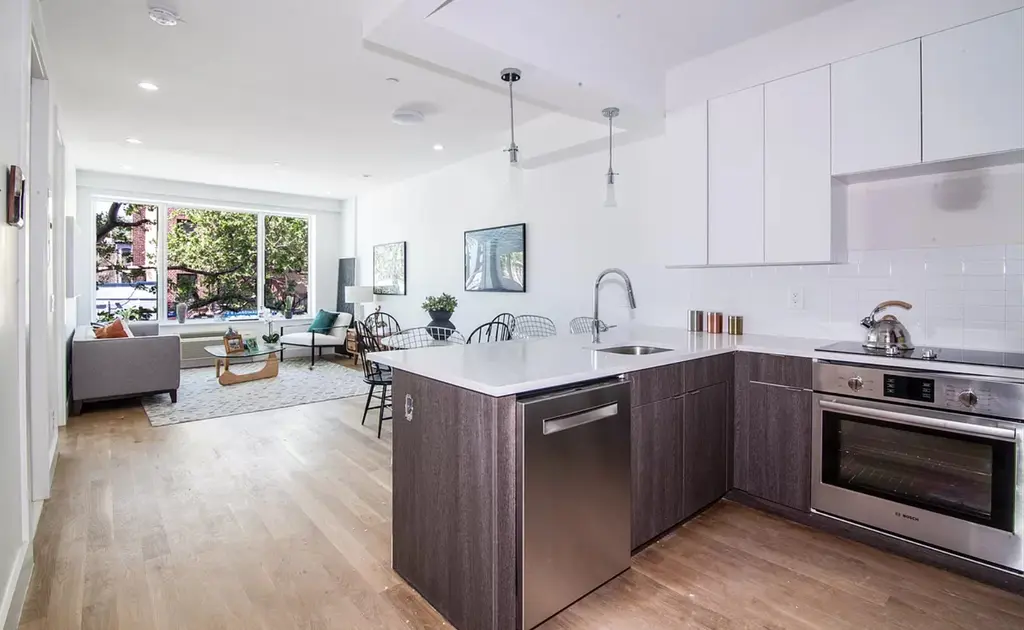
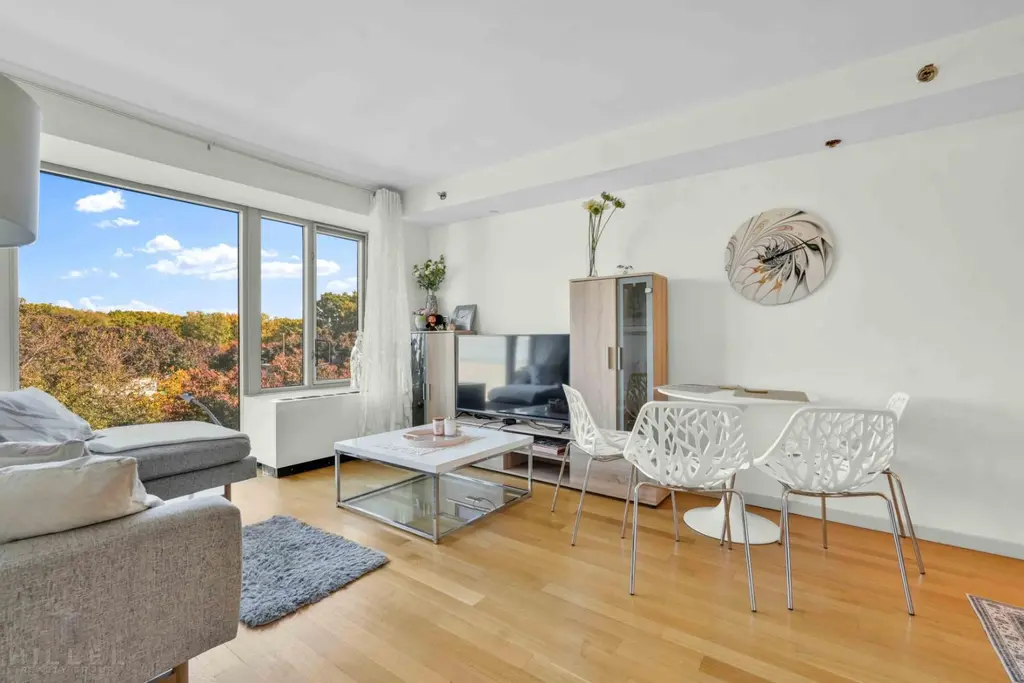
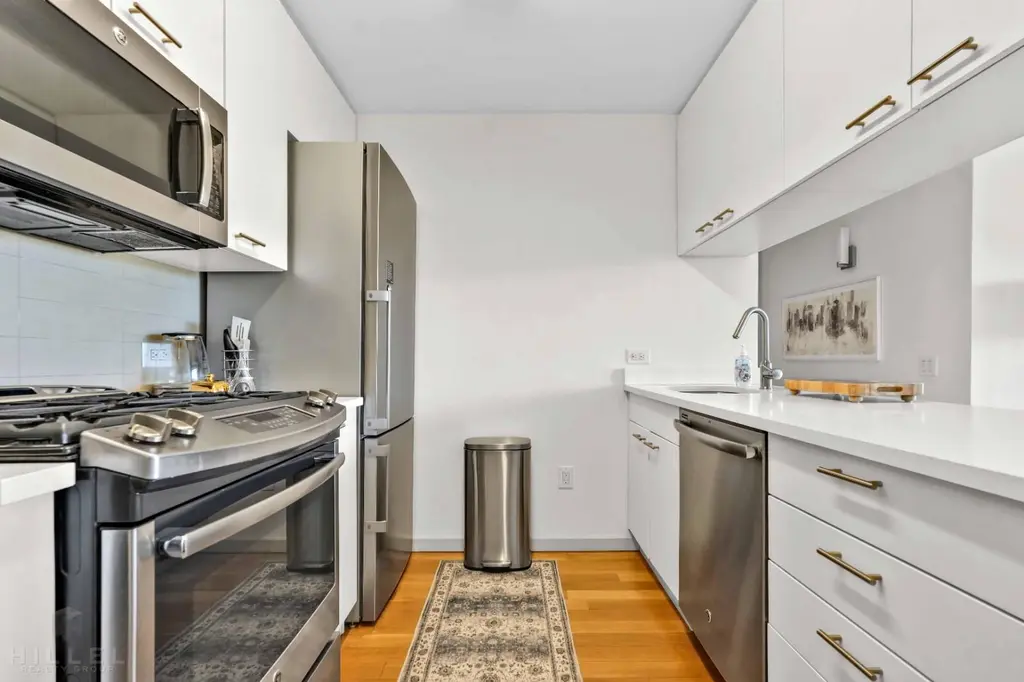
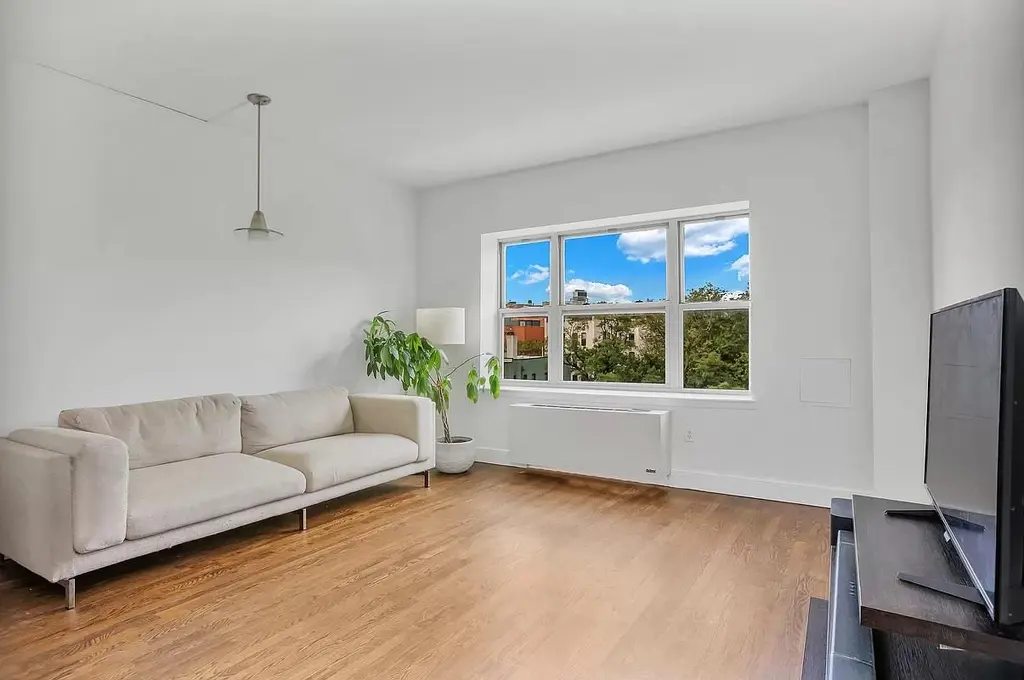

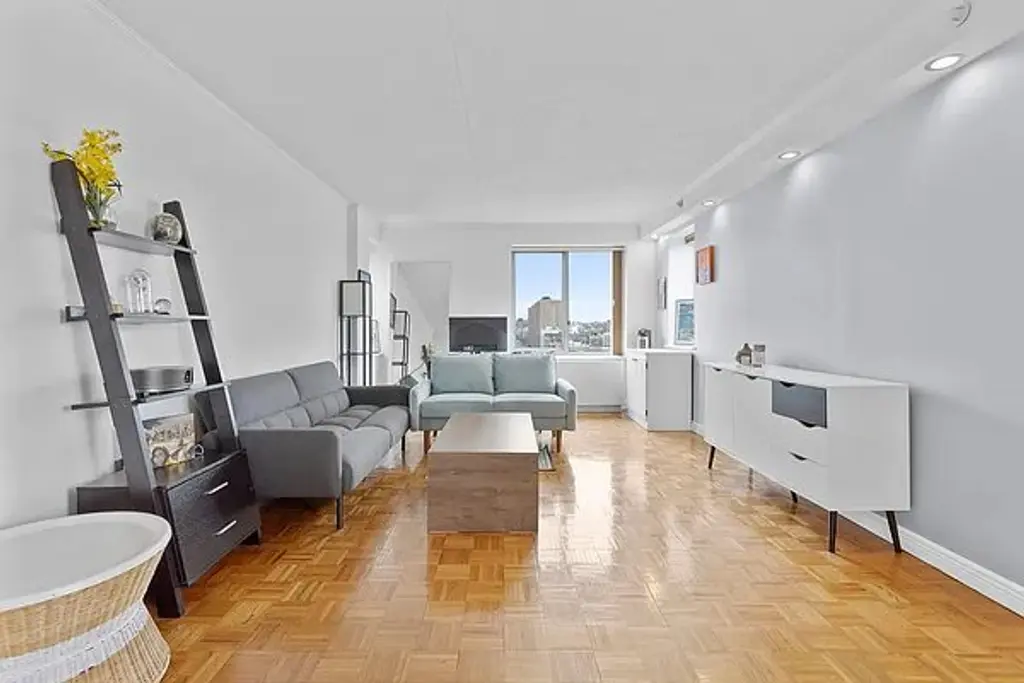
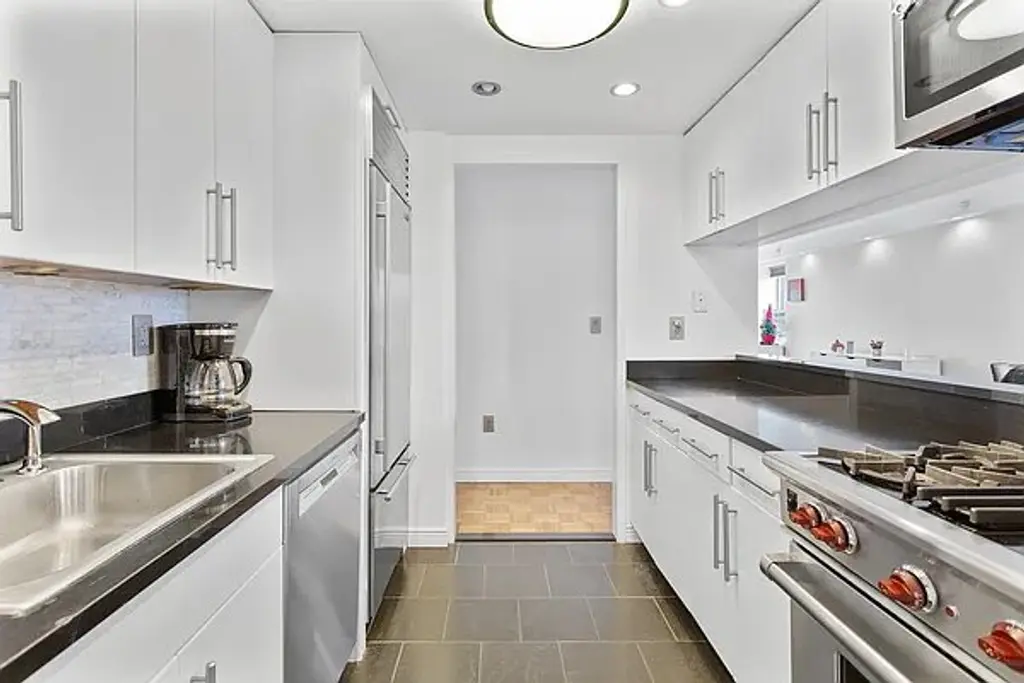

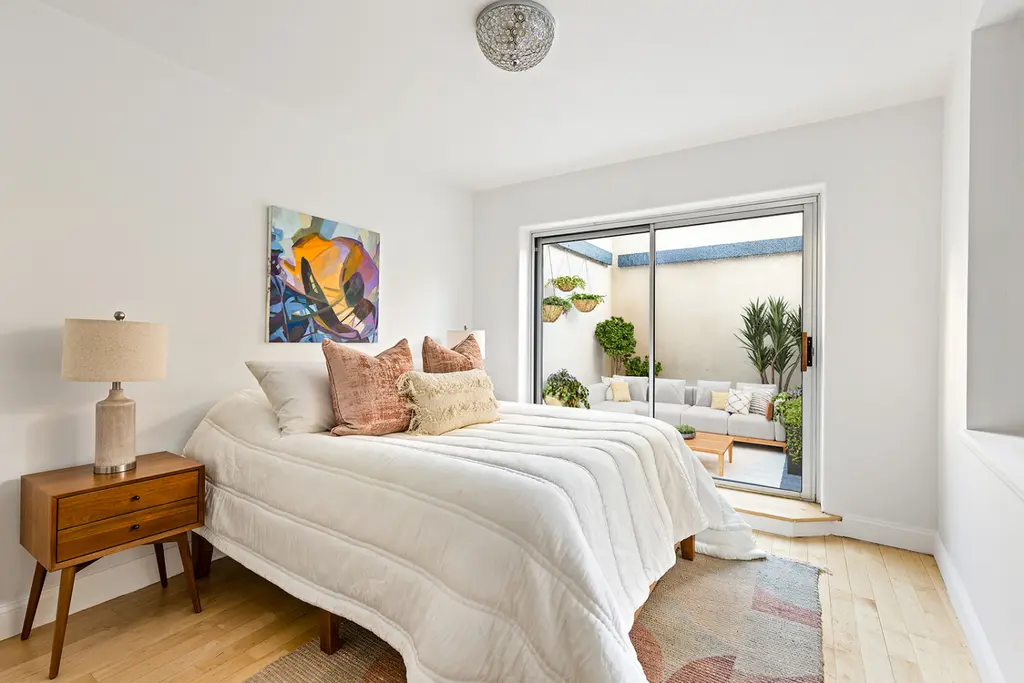
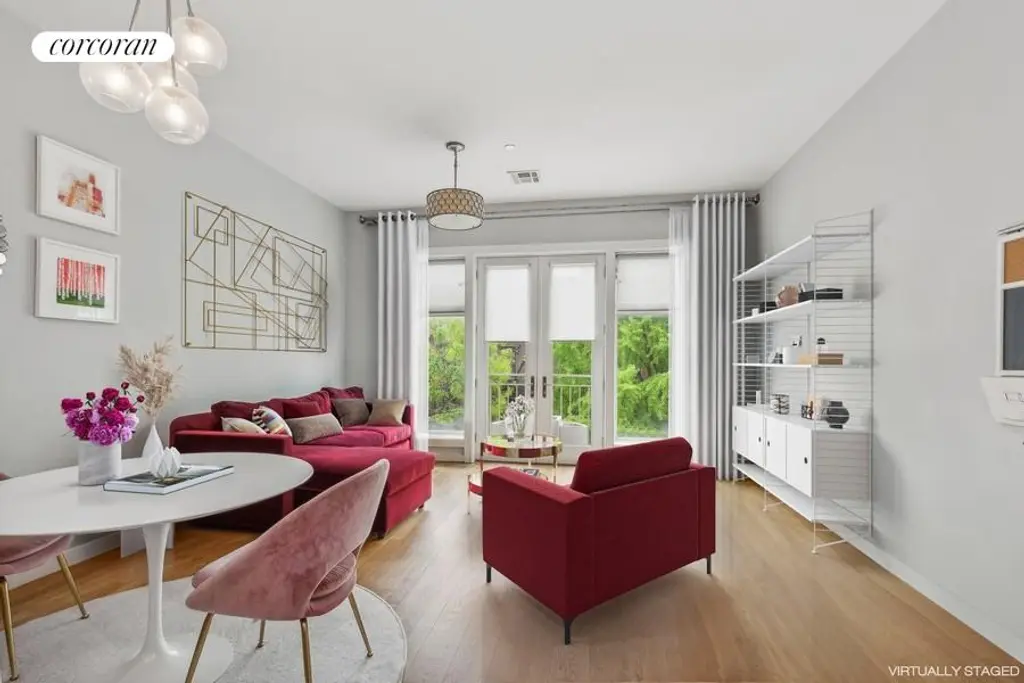
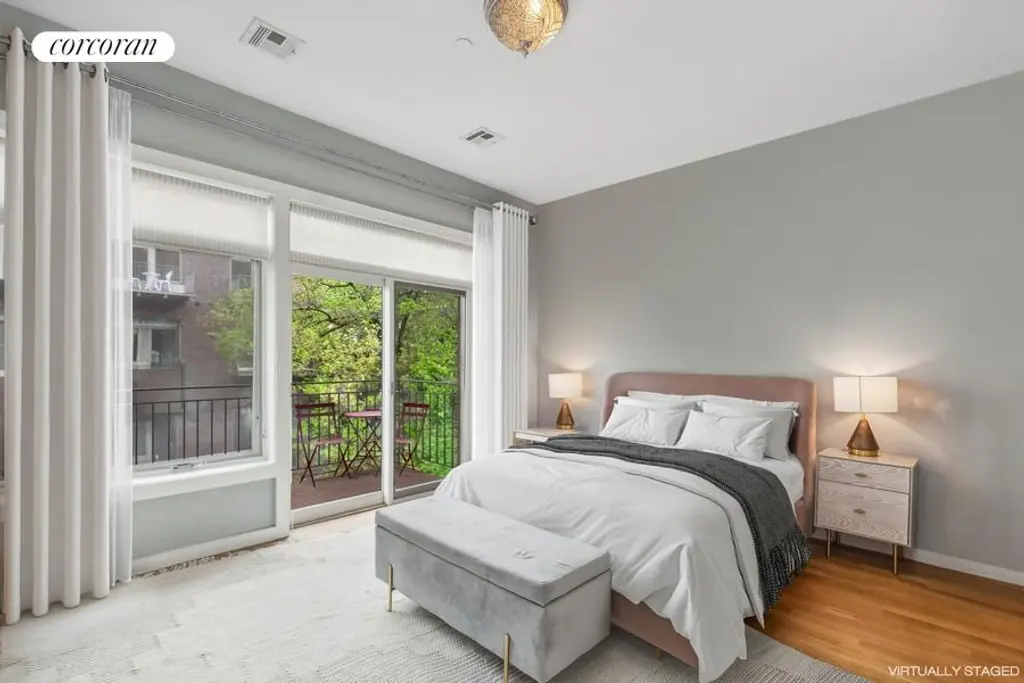
924 Lafayette Avenue, #2F
$1,050,000 (-4.5%)
Bedford-Stuyvesant | Condominium | 2 Bedrooms, 2 Baths | 1,115 ft2
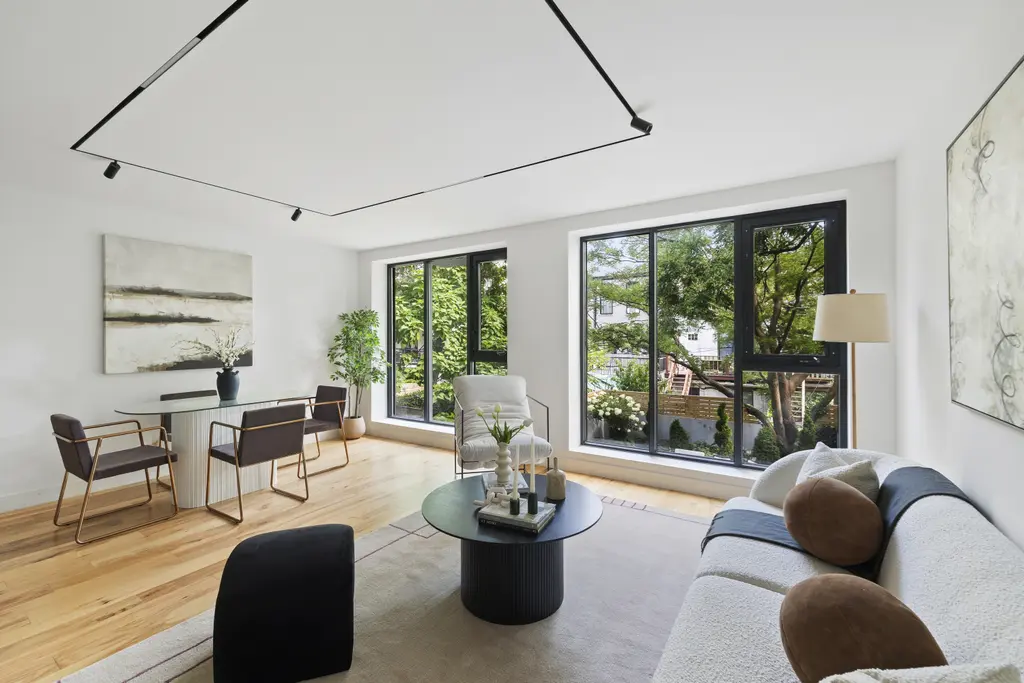

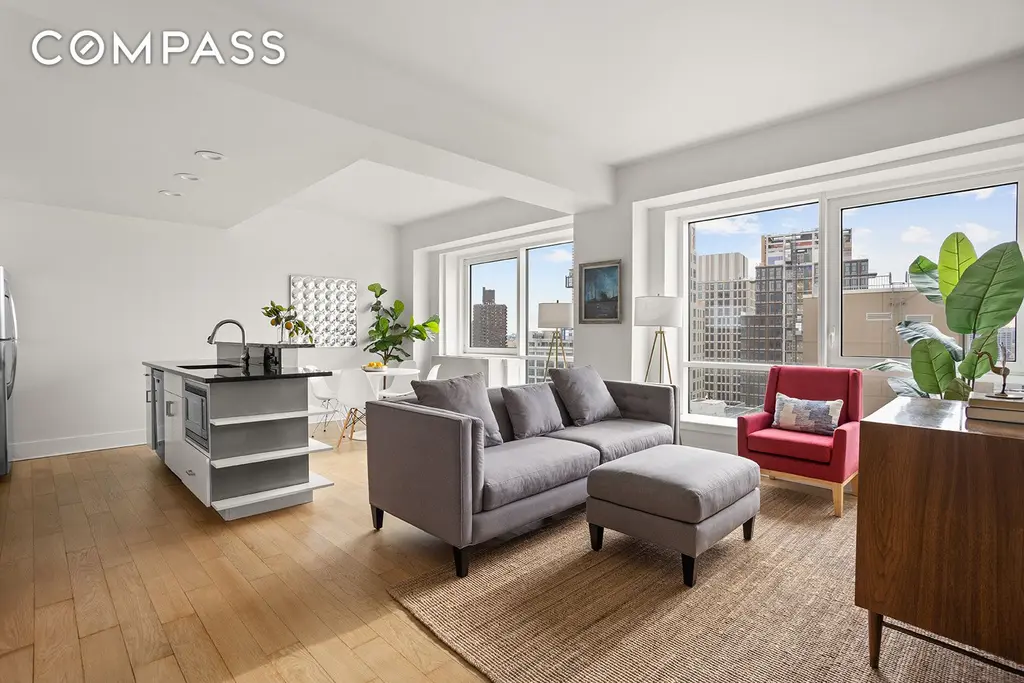
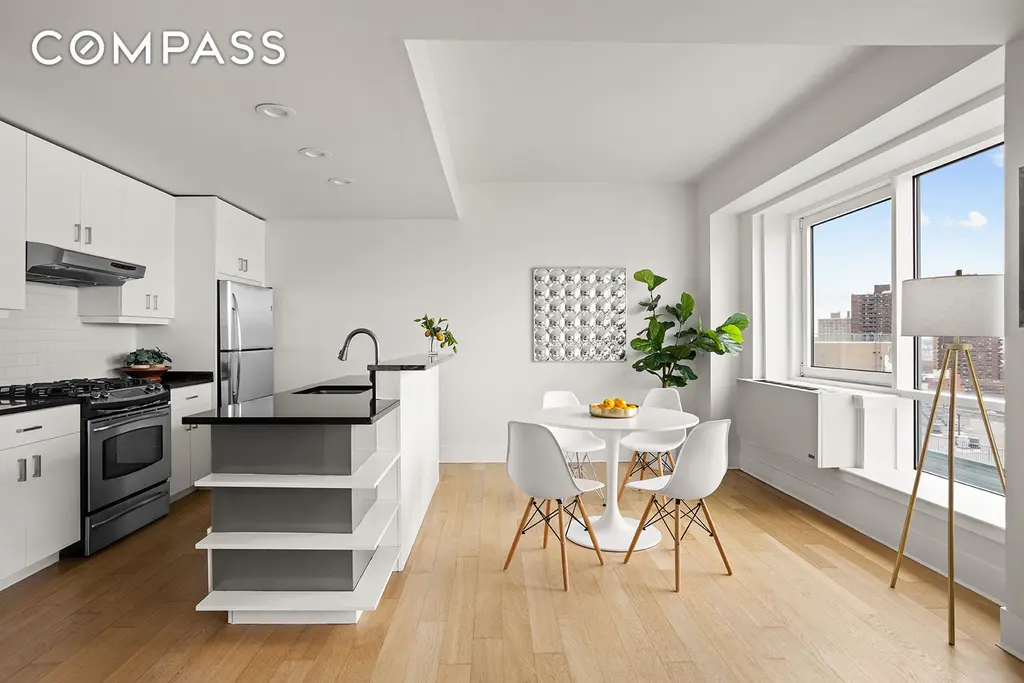


396 Lefferts Avenue, #1
$1,300,000
Prospect Lefferts Gardens | Cooperative | 3 Bedrooms, 2.5 Baths | 1,866 ft2
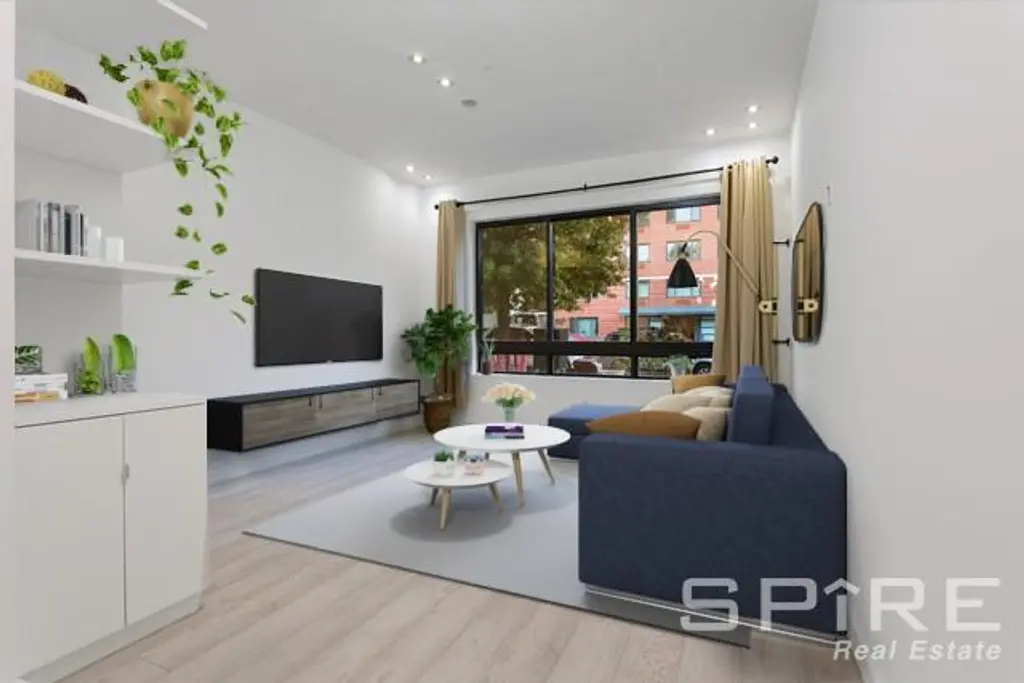


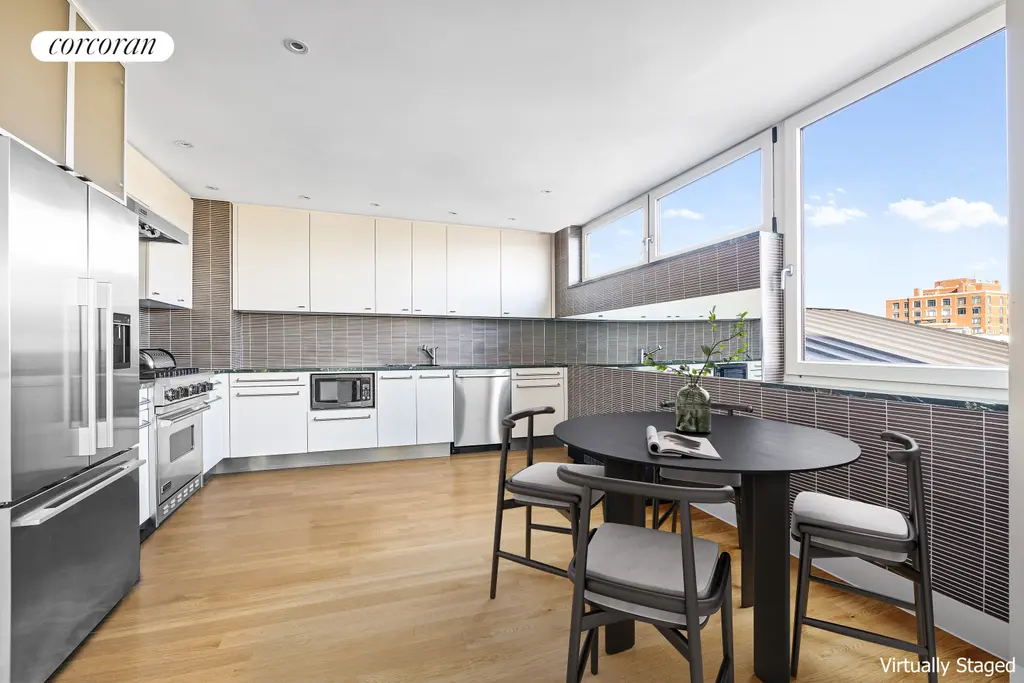
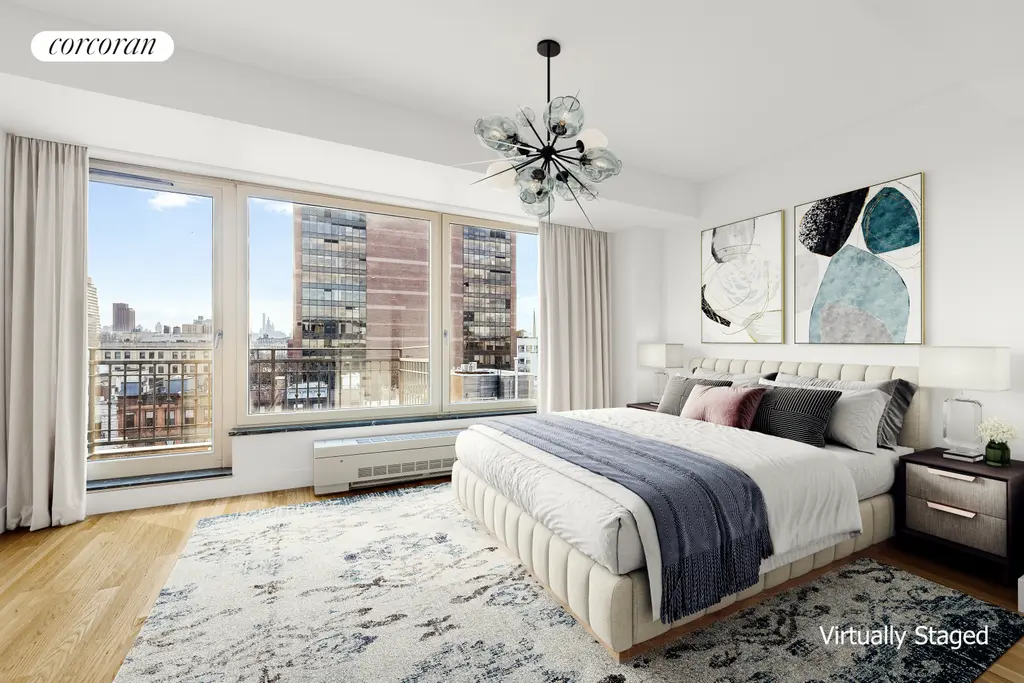

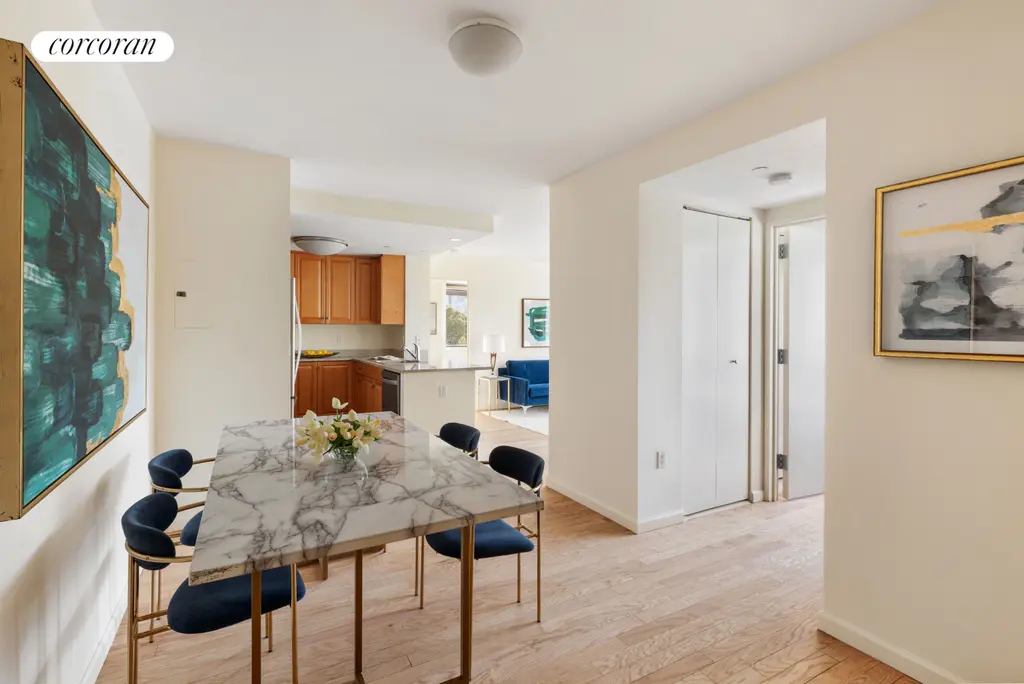
Schaefer Landing North, #19E
$1,565,000 (-1.9%)
Williamsburg | Condominium | 2 Bedrooms, 2 Baths | 1,300 ft2
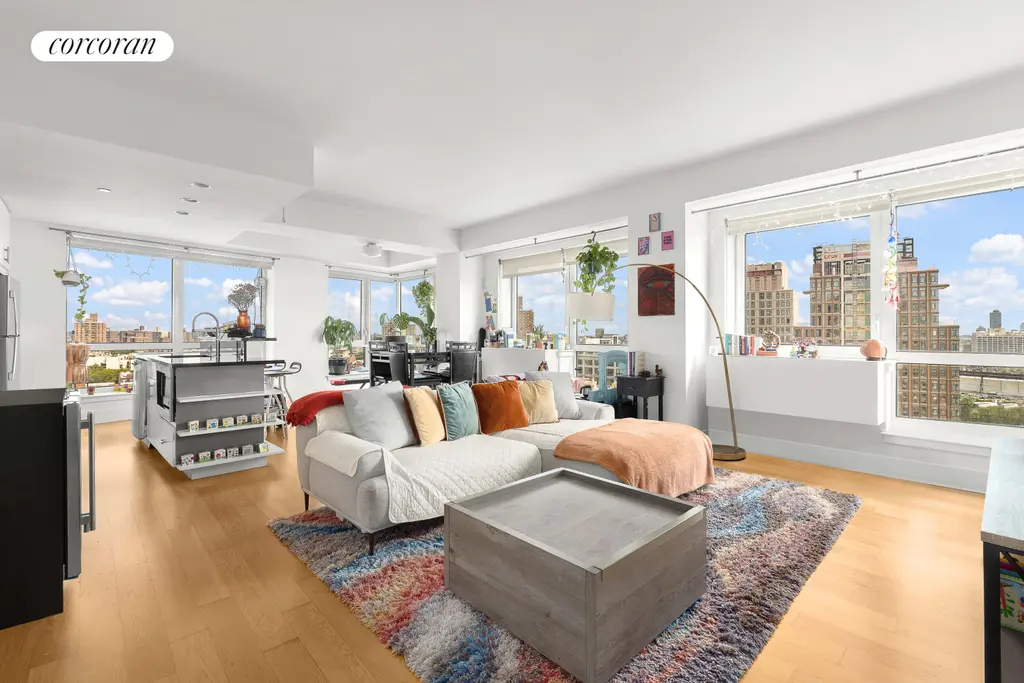
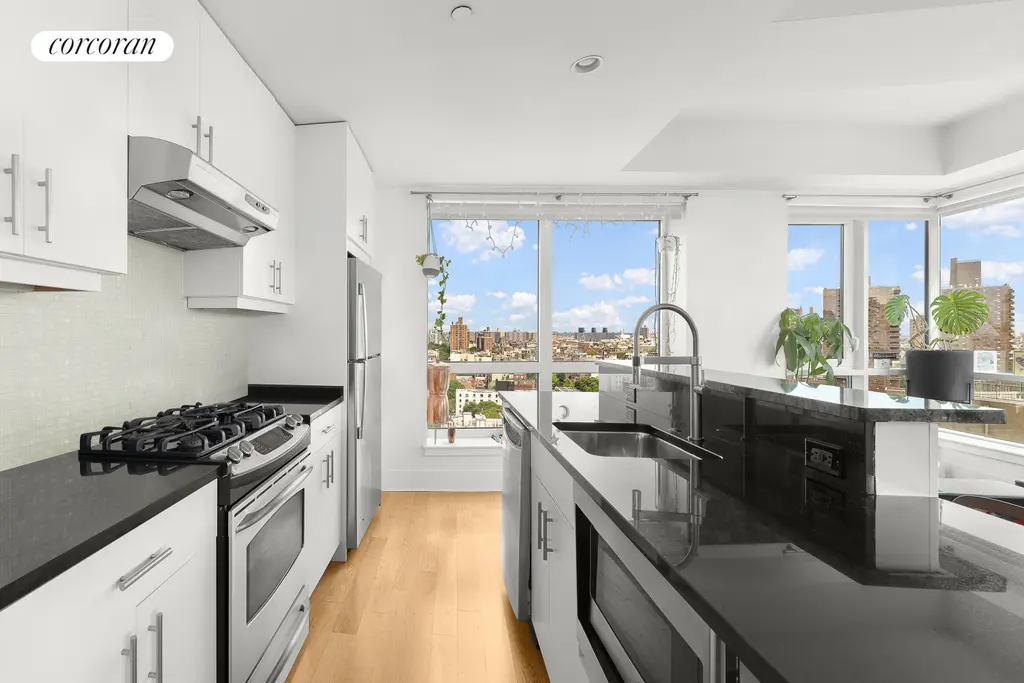
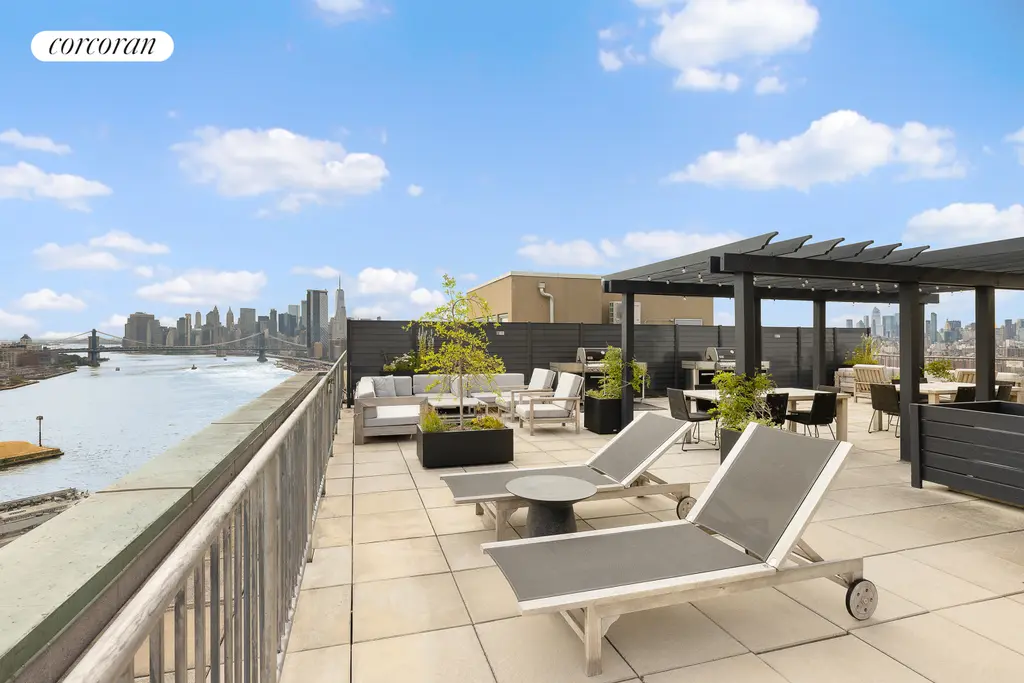
The Harrison, #2301
$1,595,000 (-3%)
Long Island City | Condominium | 2 Bedrooms, 2 Baths | 1,017 ft2
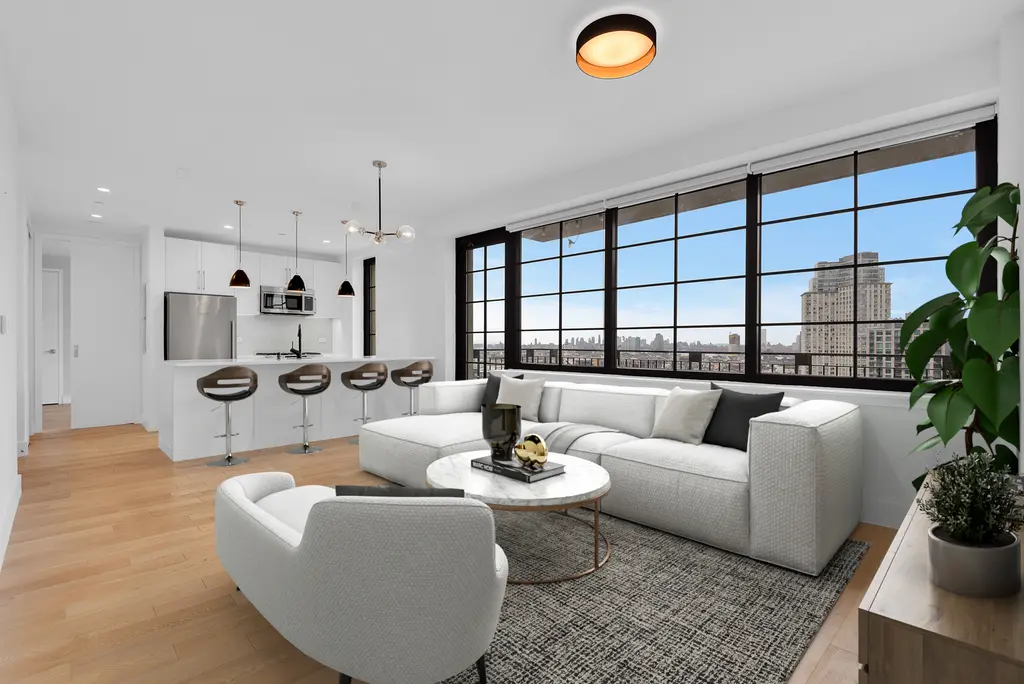
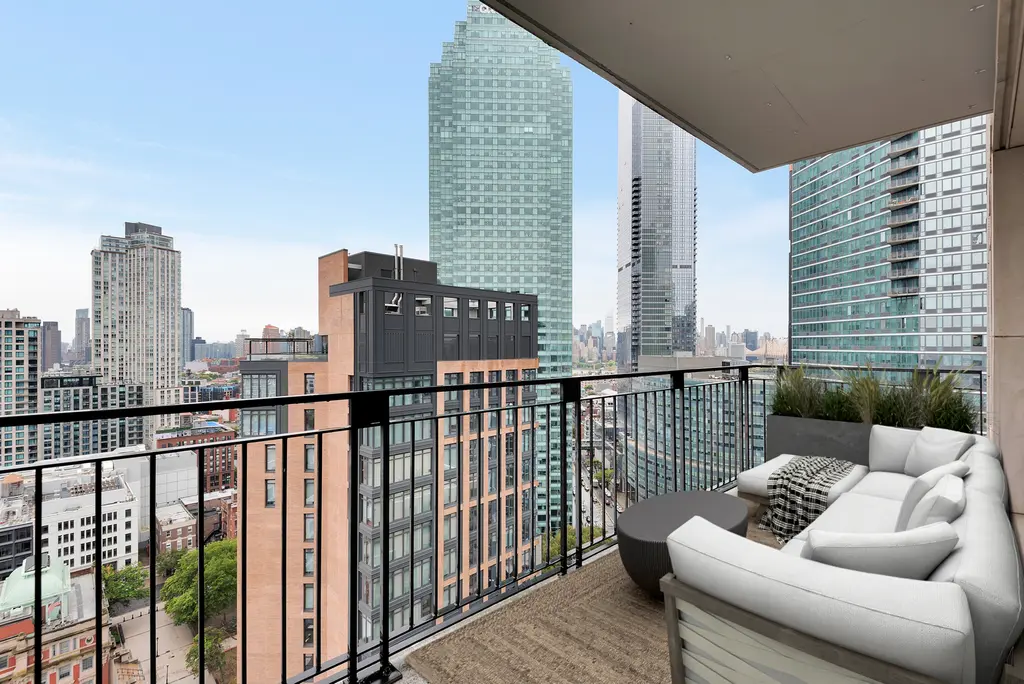
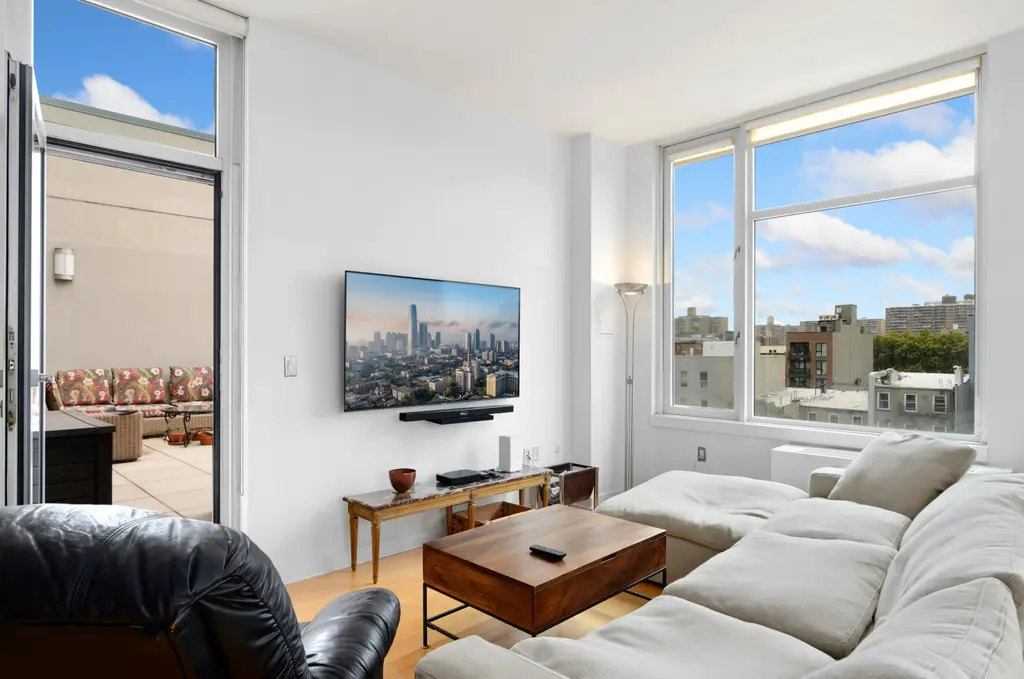
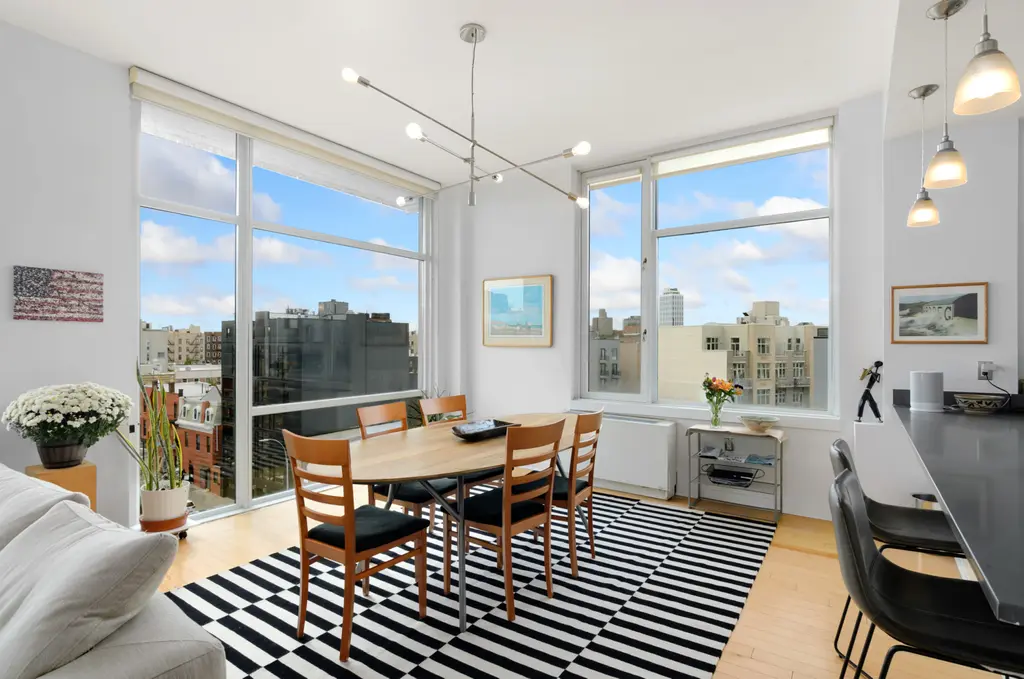
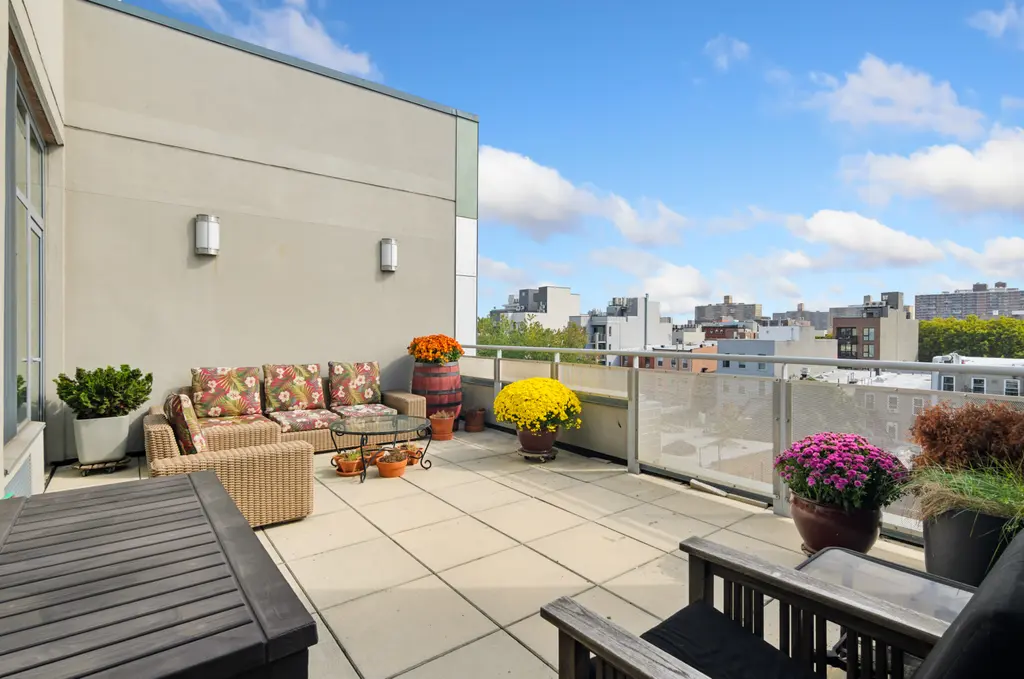
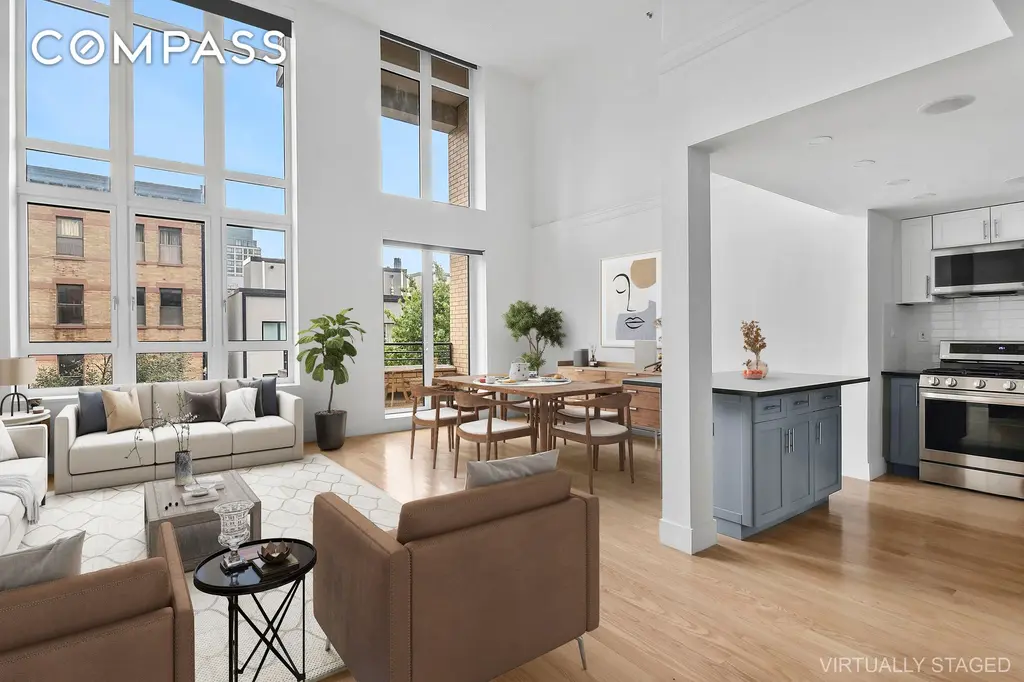


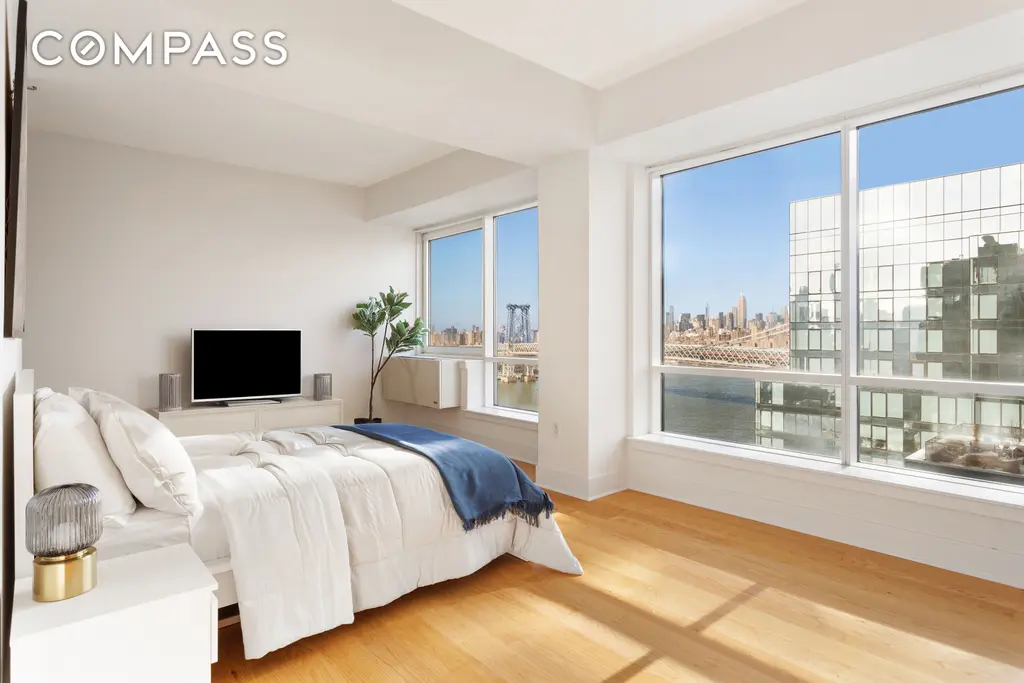
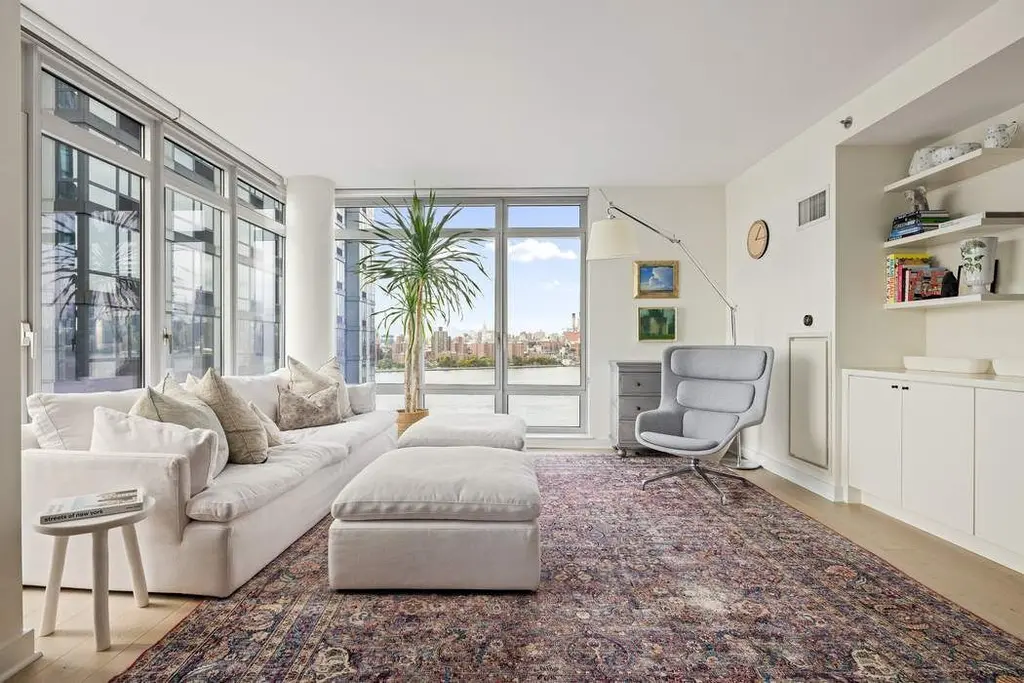
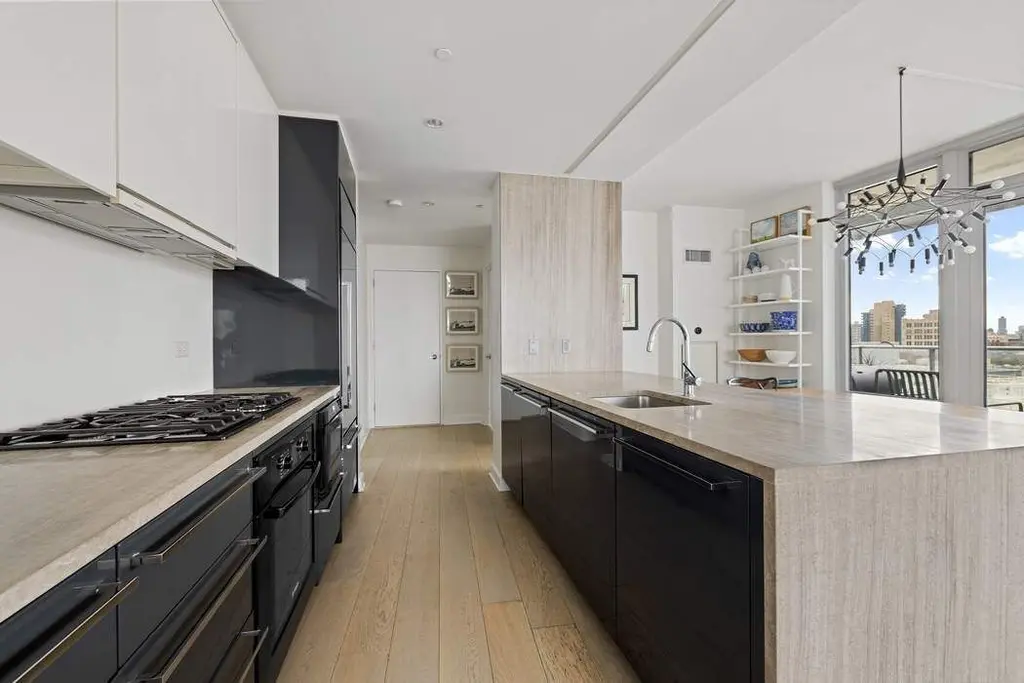

One Riverside Park, #19F
$2,590,000 (-2.3%)
Riverside Dr./West End Ave. | Condominium | 2 Bedrooms, 2.5 Baths | 1,343 ft2
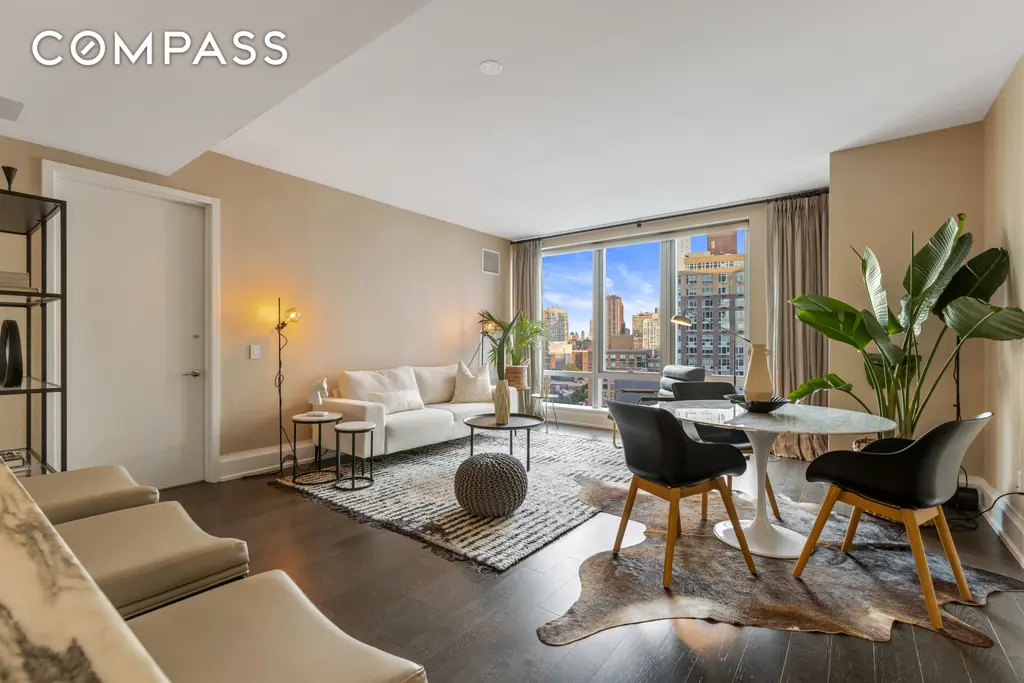
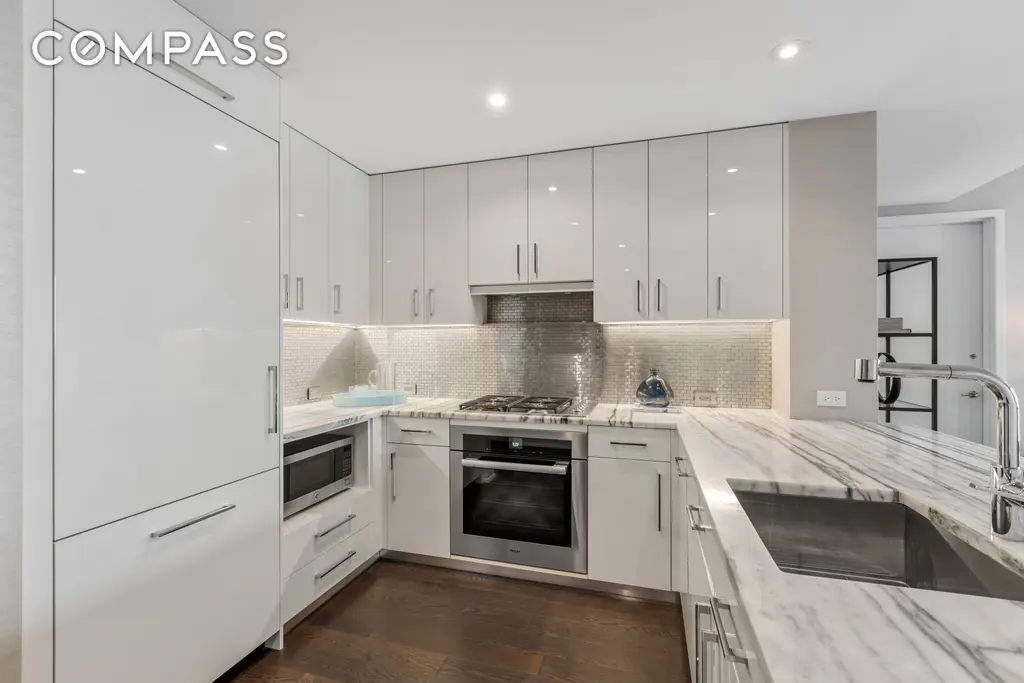
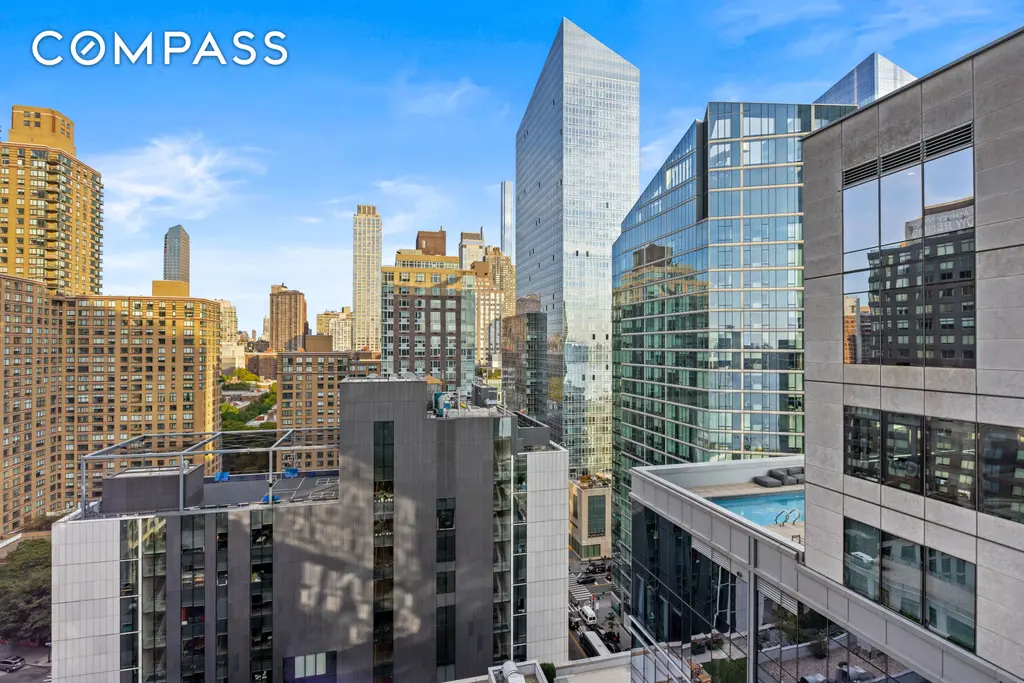
123 South 1st Street, #TH1
$2,799,000 (-2.6%)
Williamsburg | Condominium | 3 Bedrooms, 3 Baths | 1,679 ft2
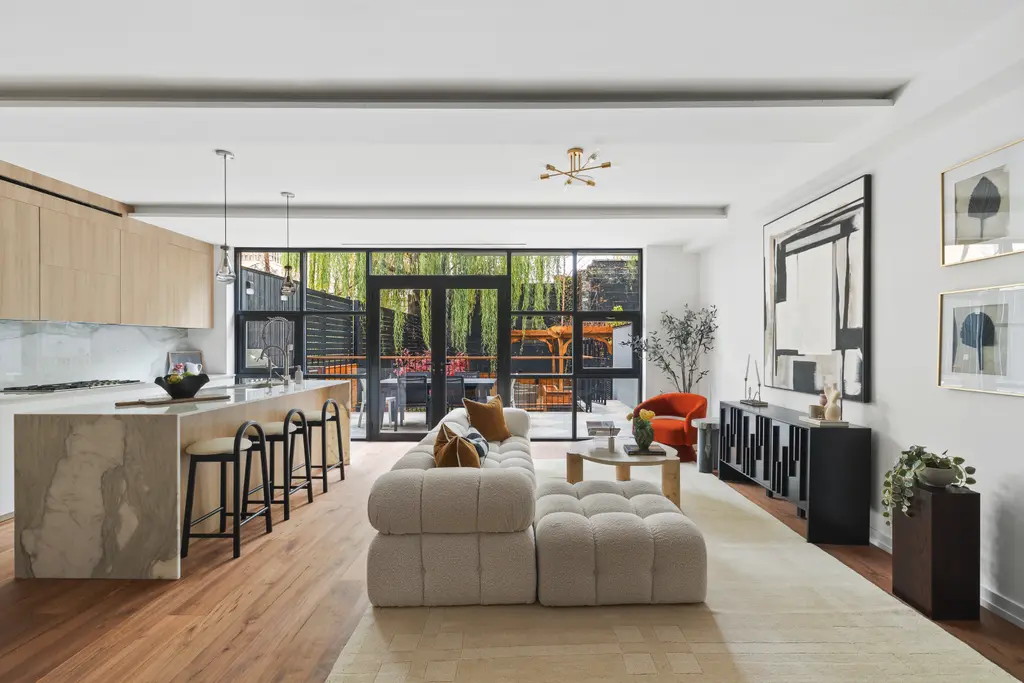

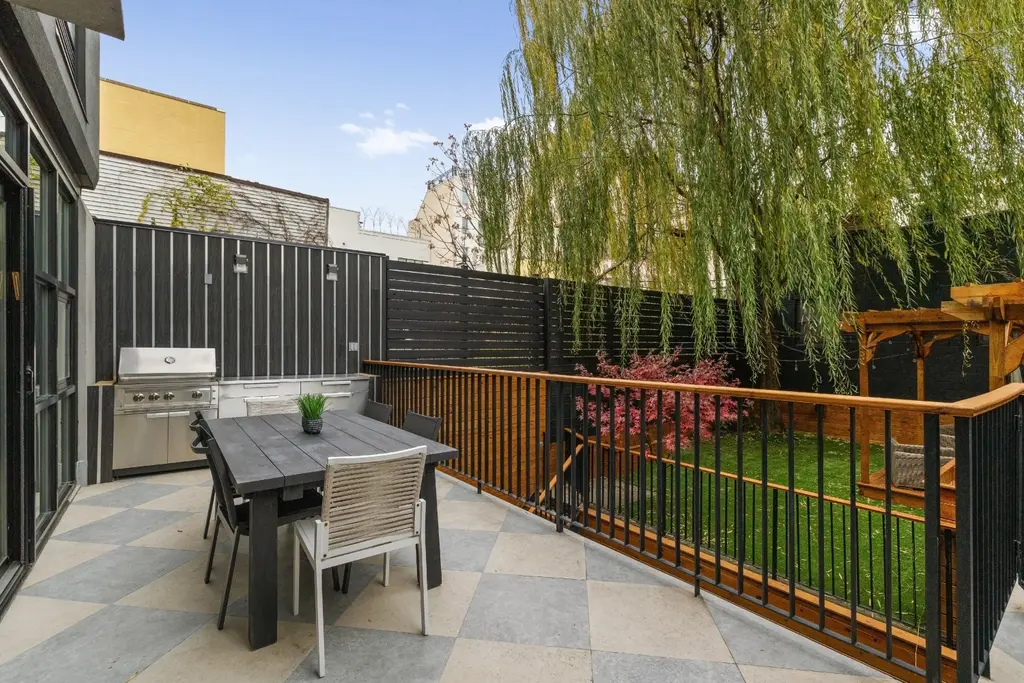
One Riverside Park, #17F
$2,850,000
Riverside Dr./West End Ave. | Condominium | 2 Bedrooms, 2.5 Baths | 1,343 ft2
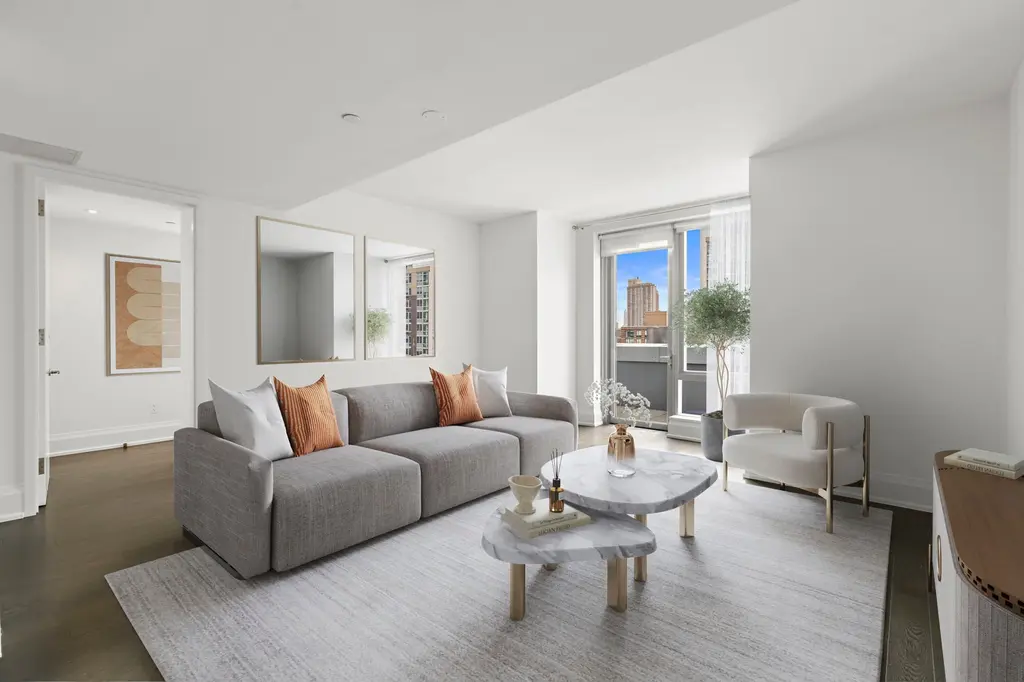
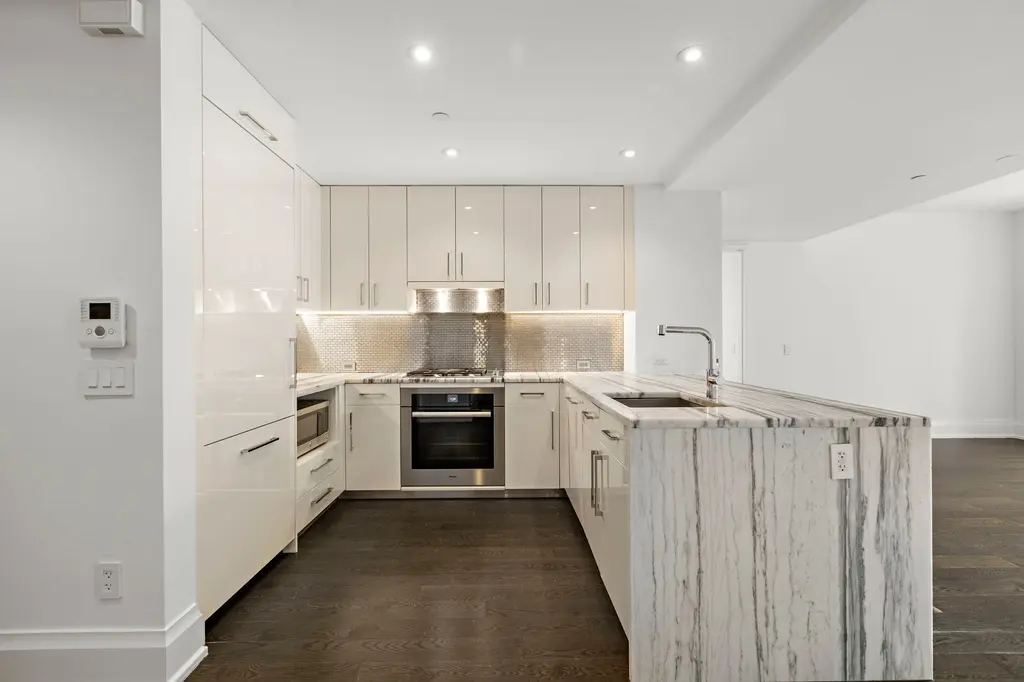
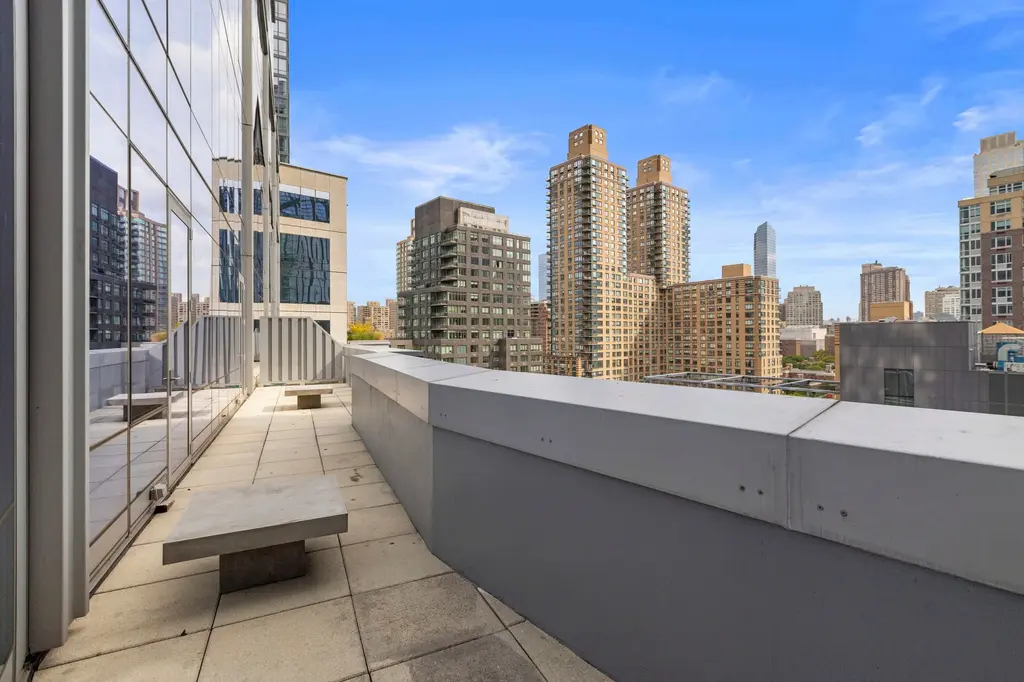

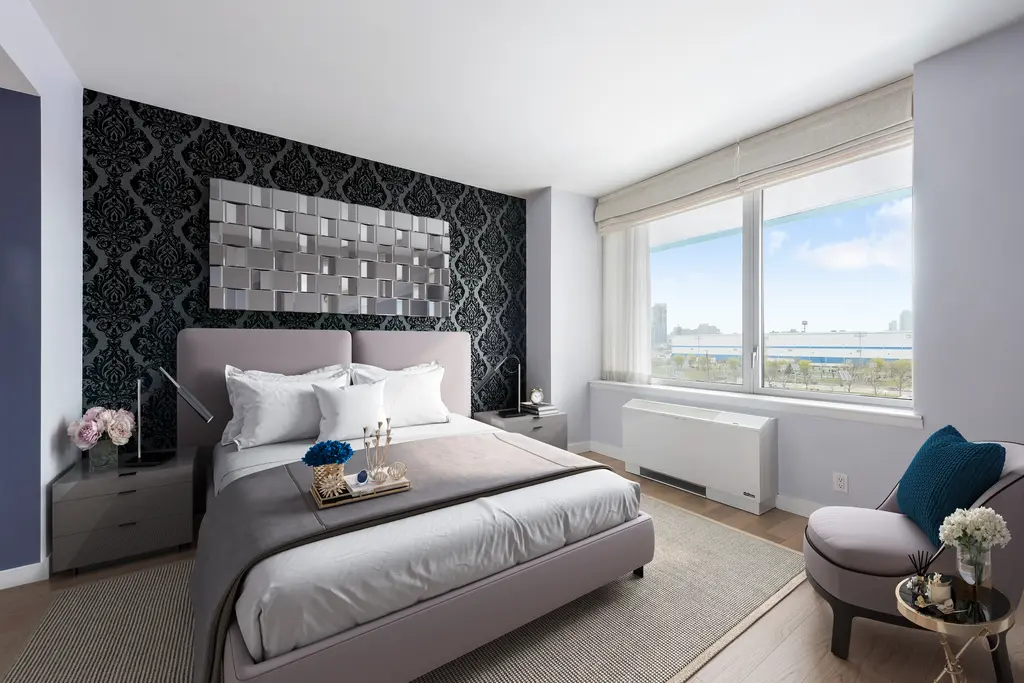
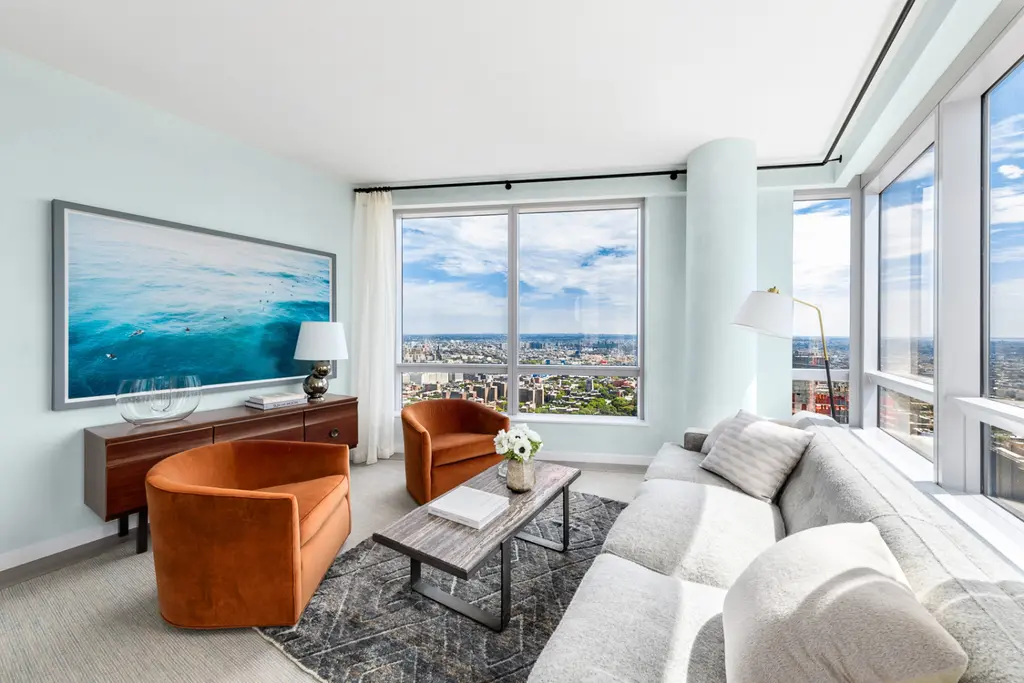
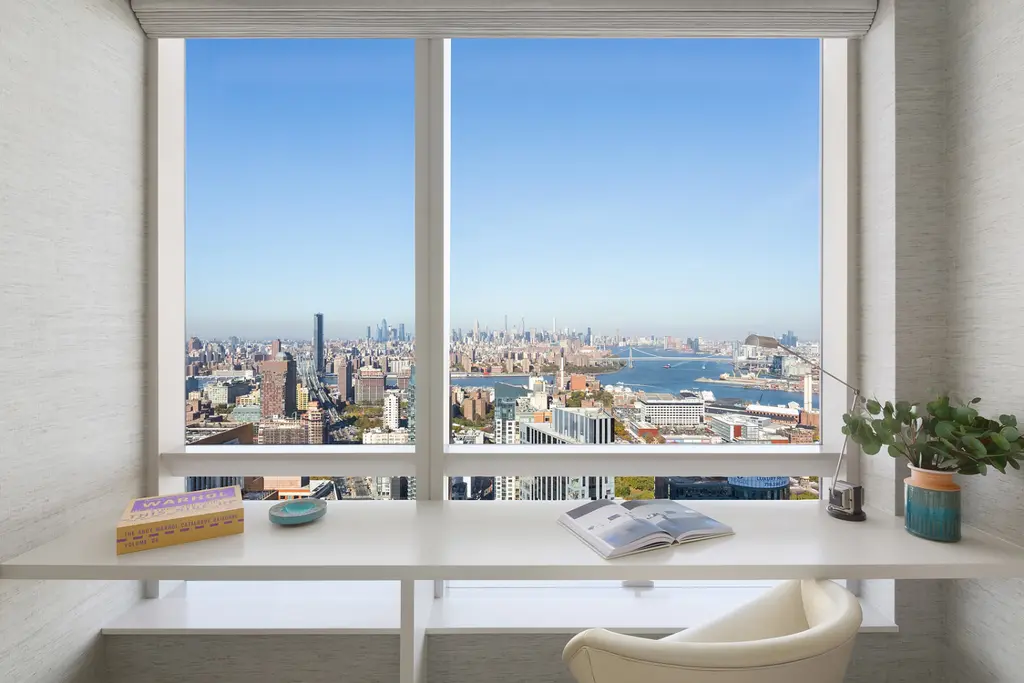
One West End, #10D
$4,750,000
Riverside Dr./West End Ave. | Condominium | 3 Bedrooms, 3.5 Baths | 2,014 ft2


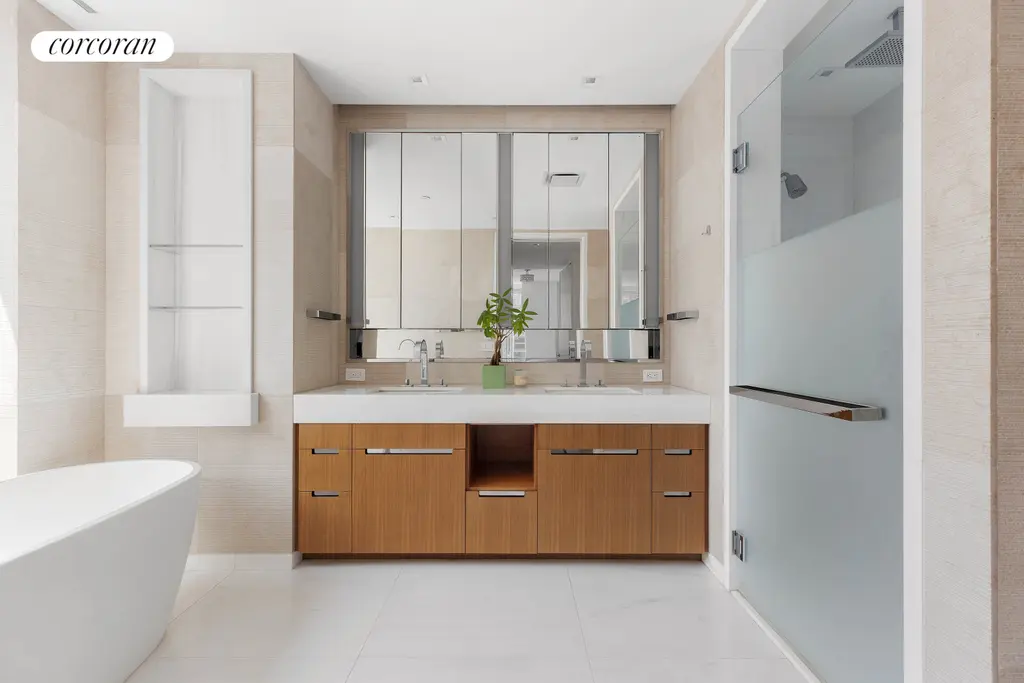















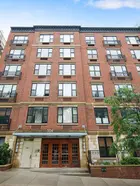































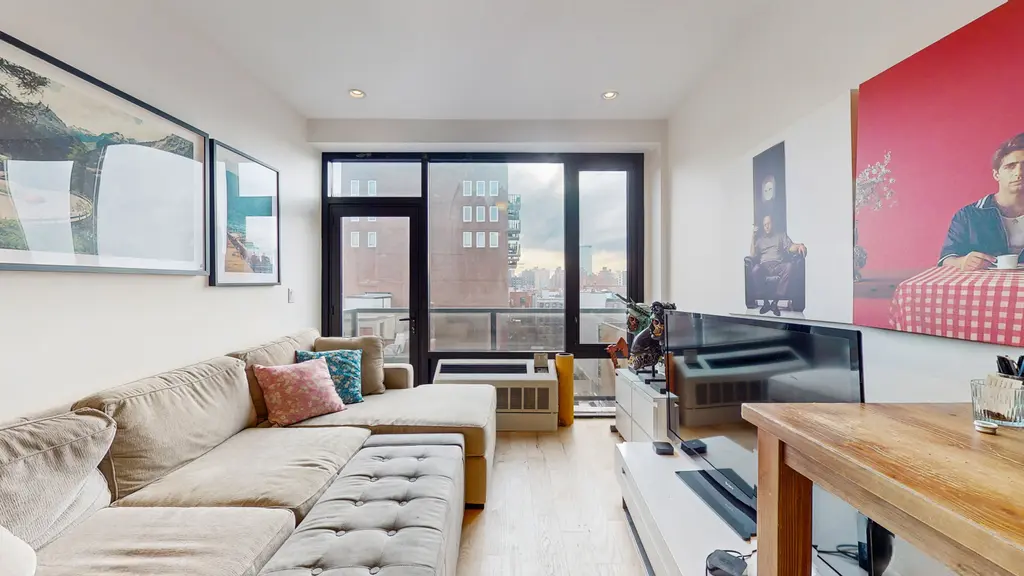
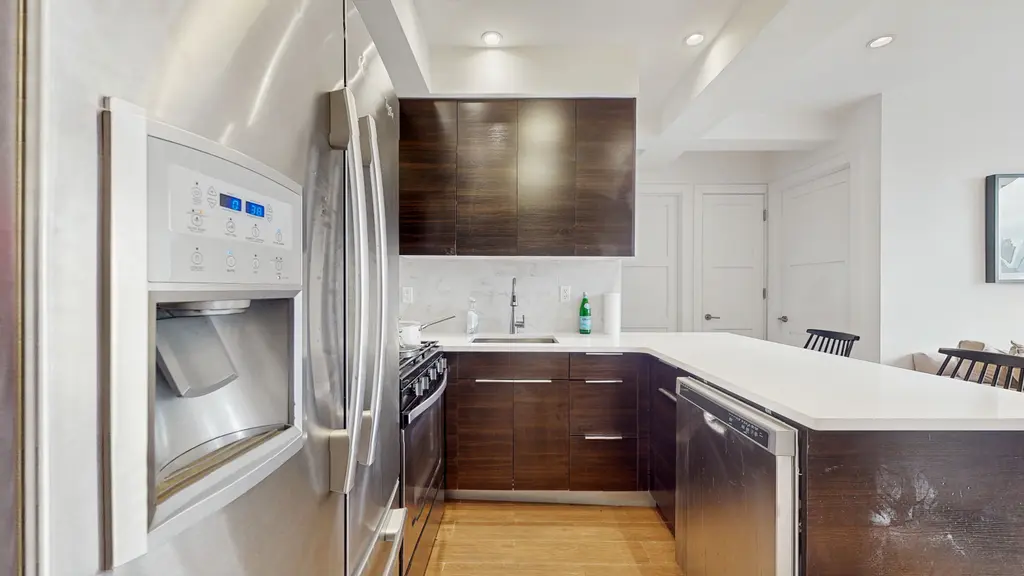
 6sqft delivers the latest on real estate, architecture, and design, straight from New York City.
6sqft delivers the latest on real estate, architecture, and design, straight from New York City.
